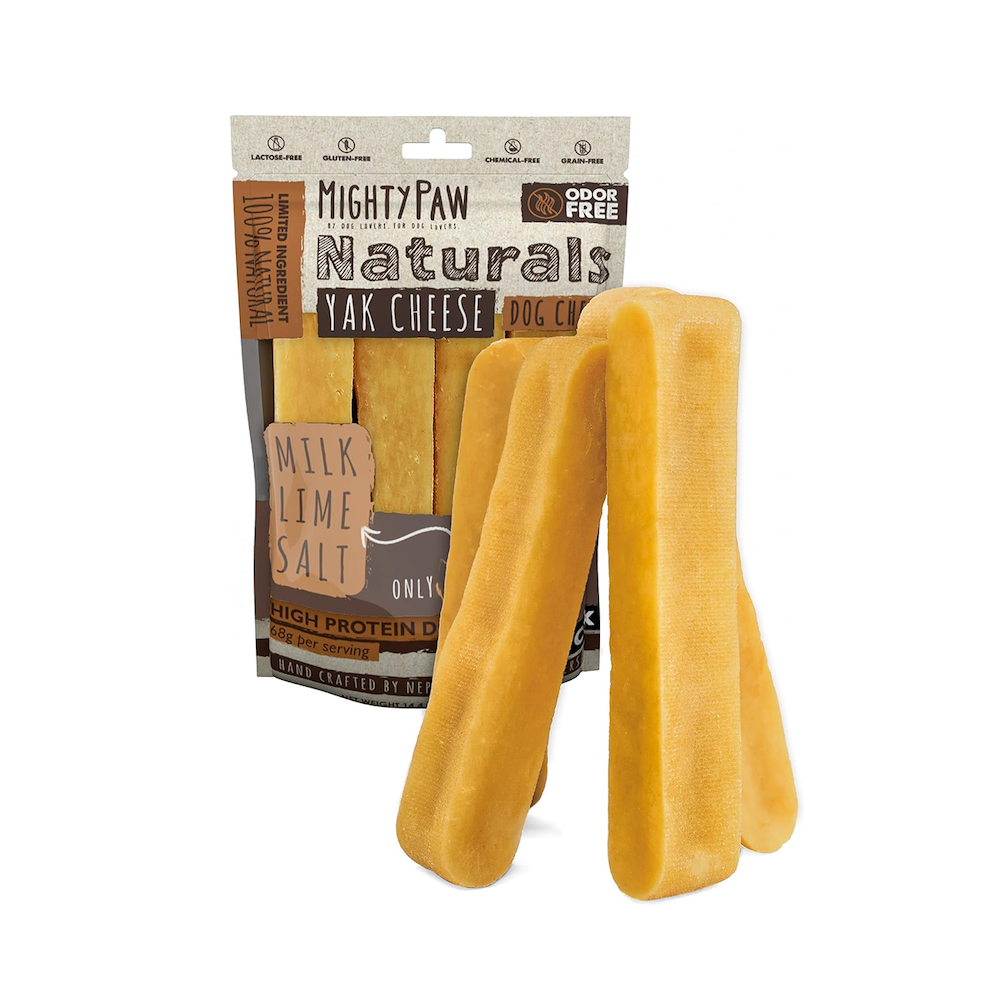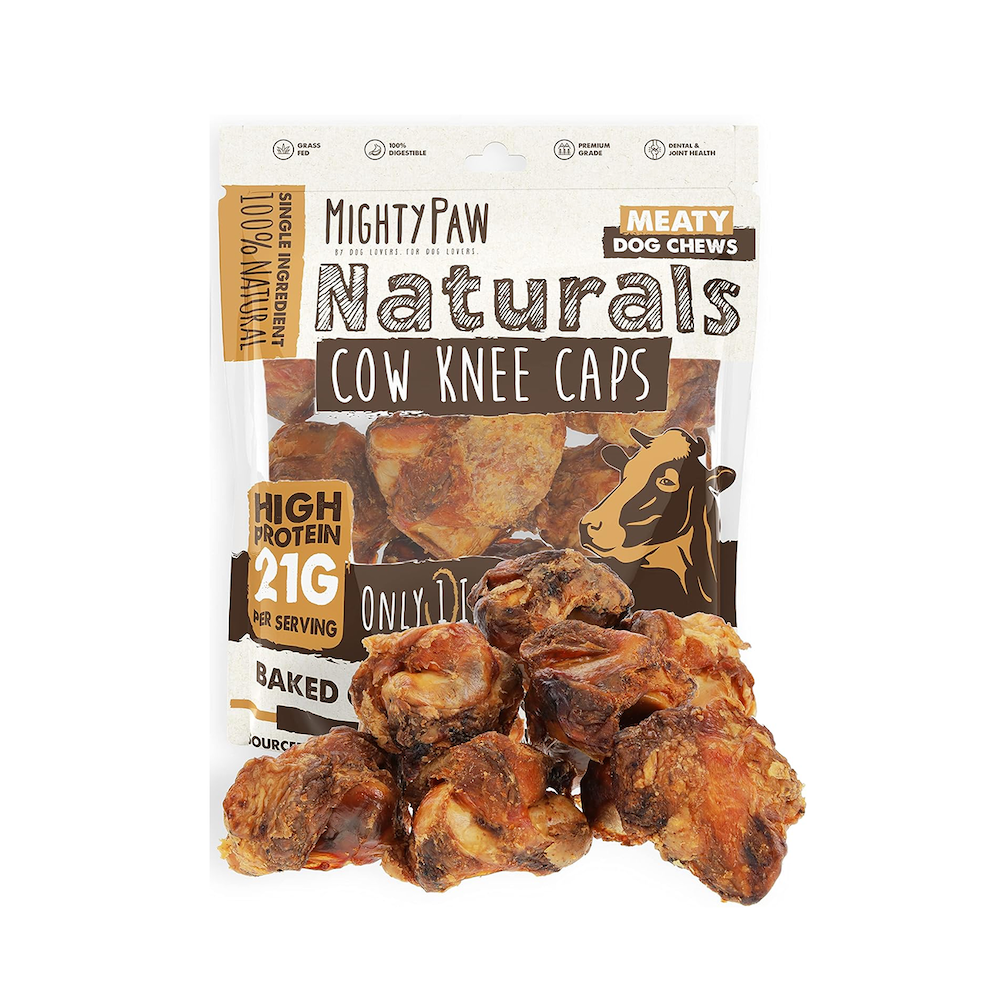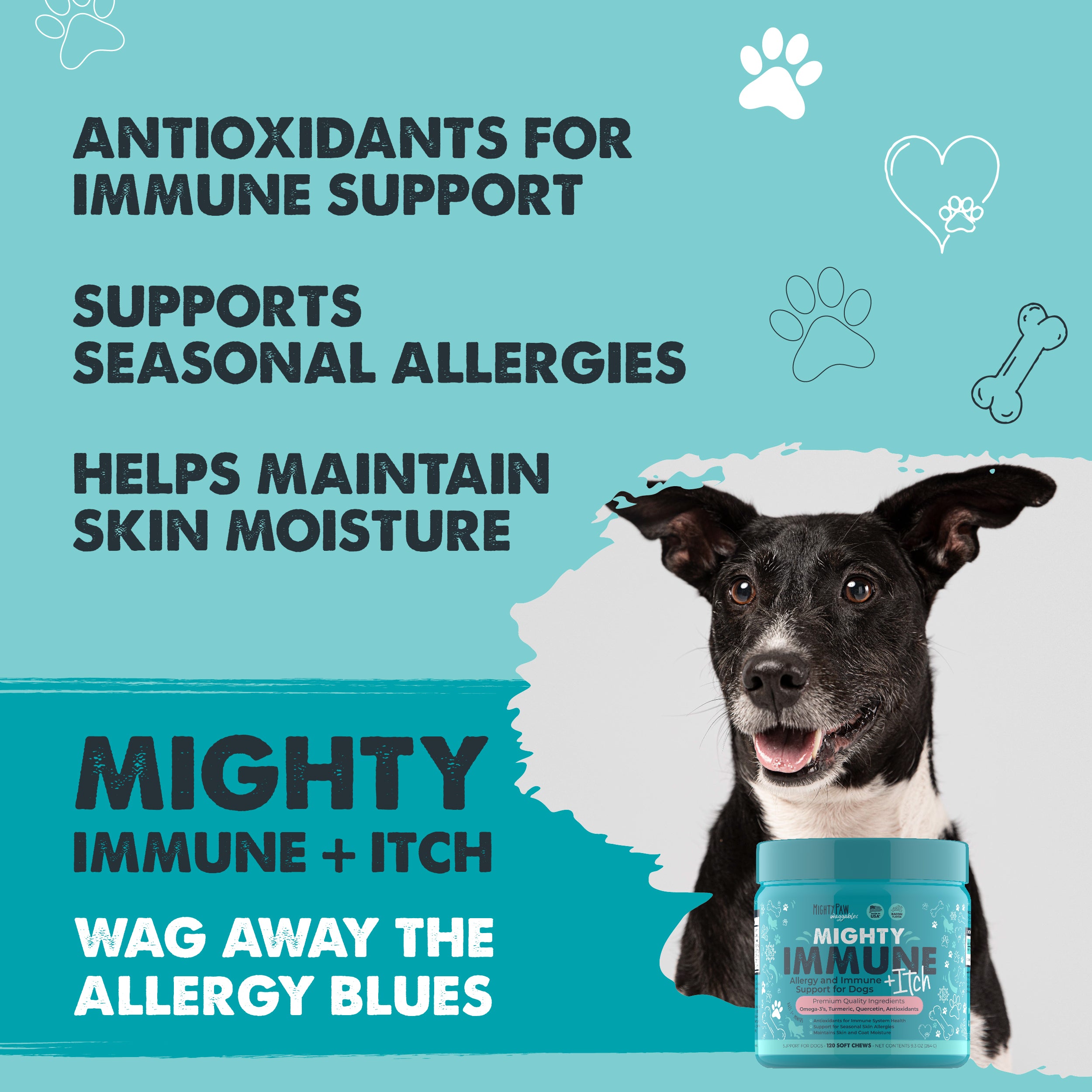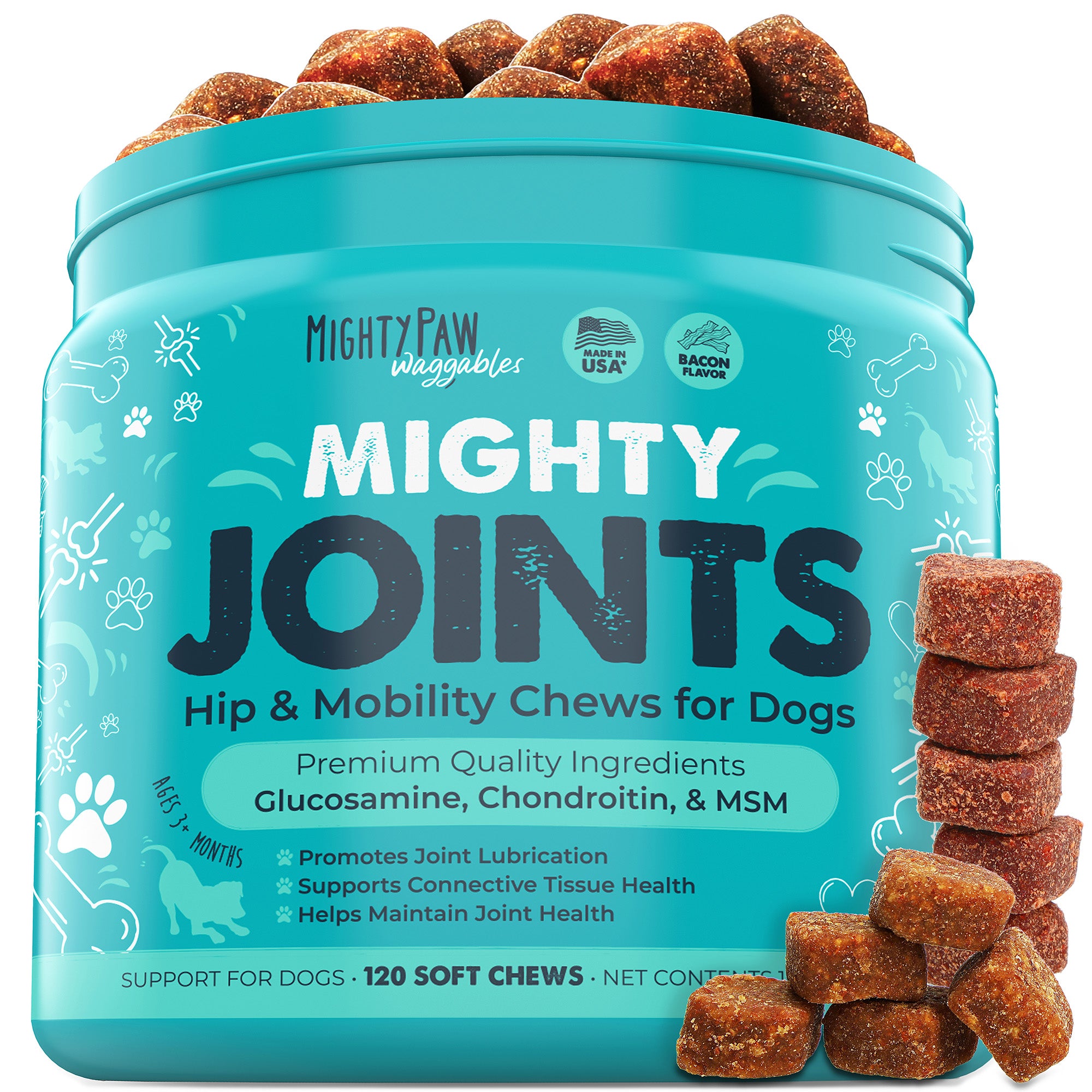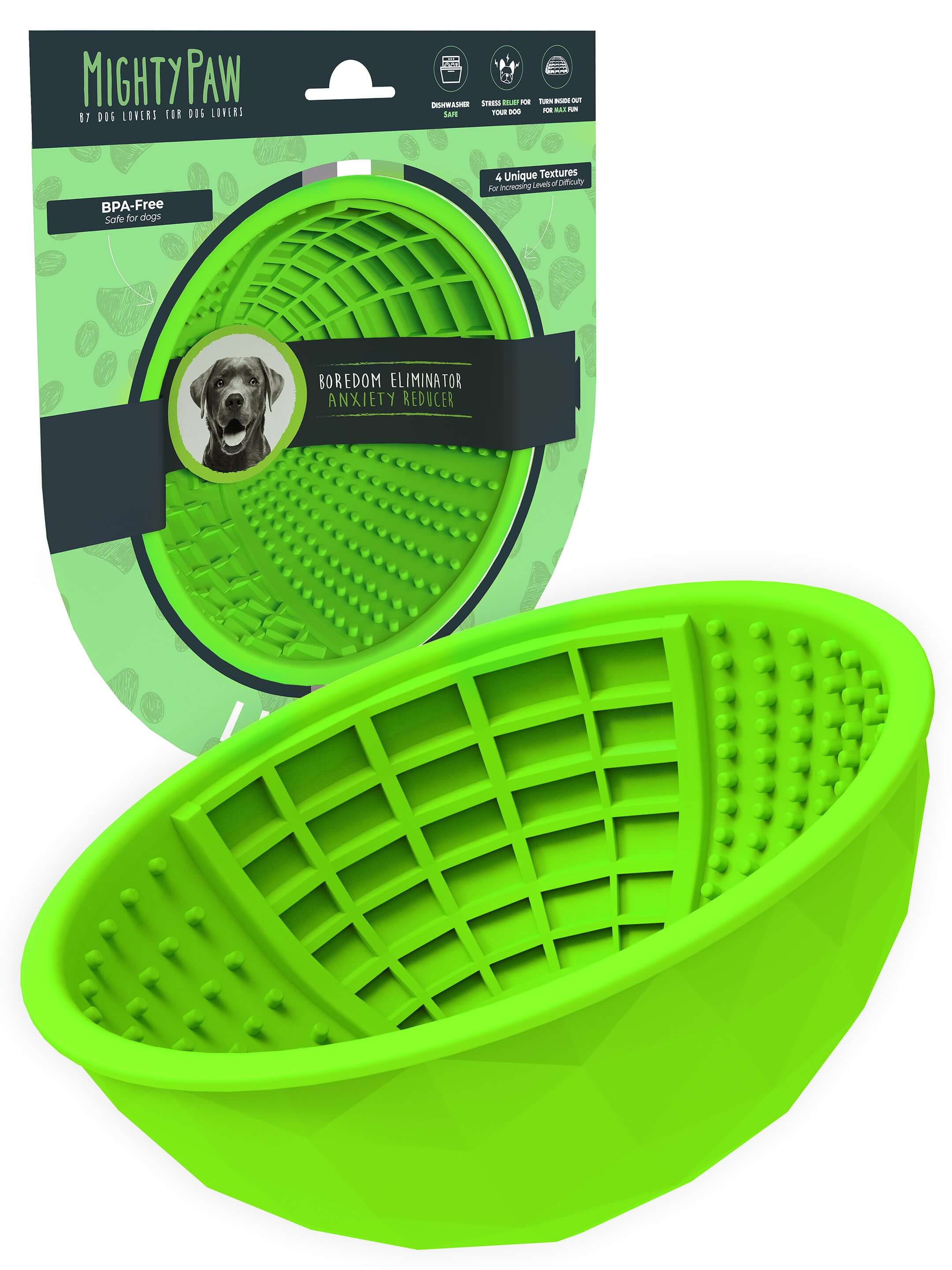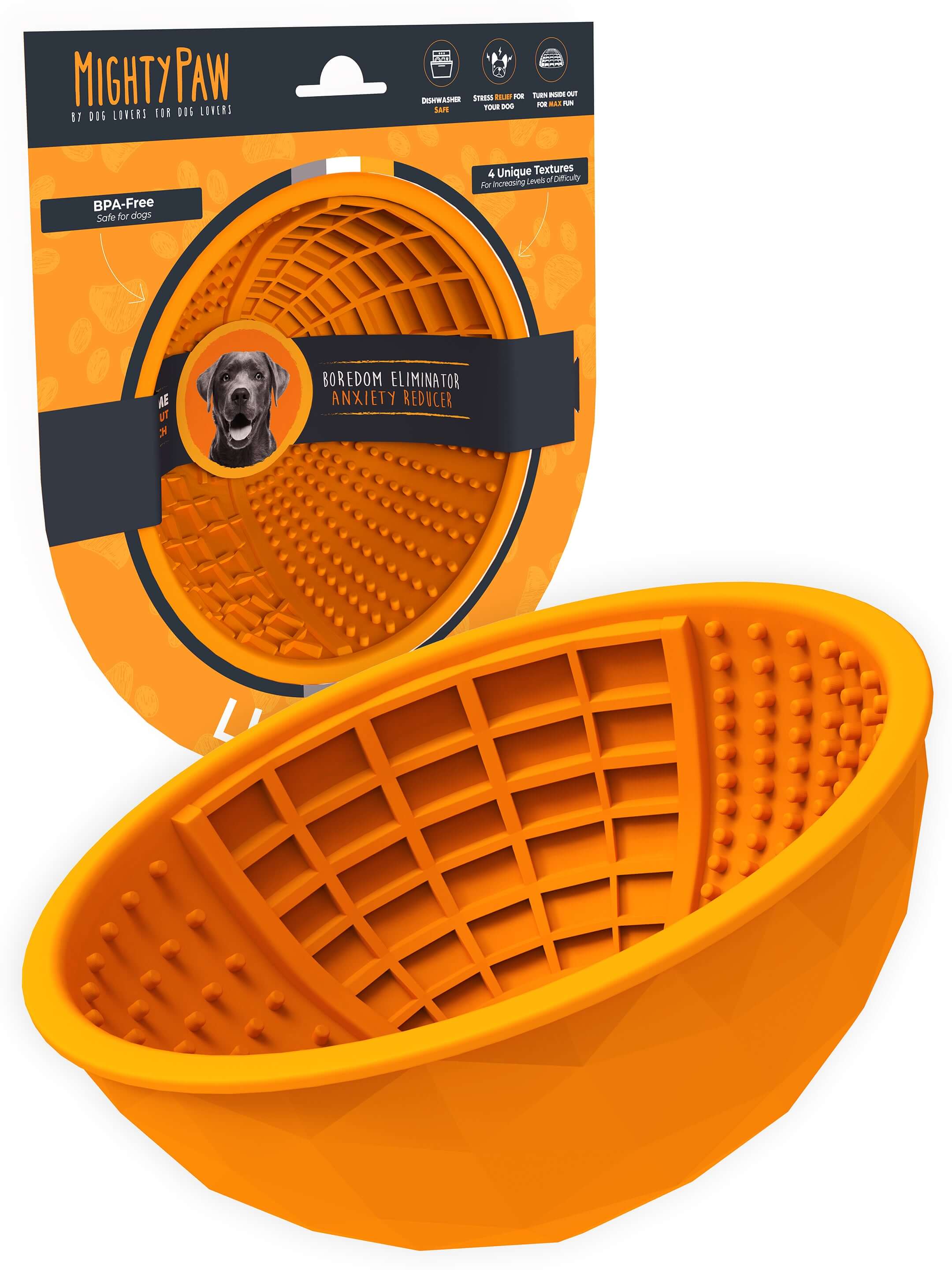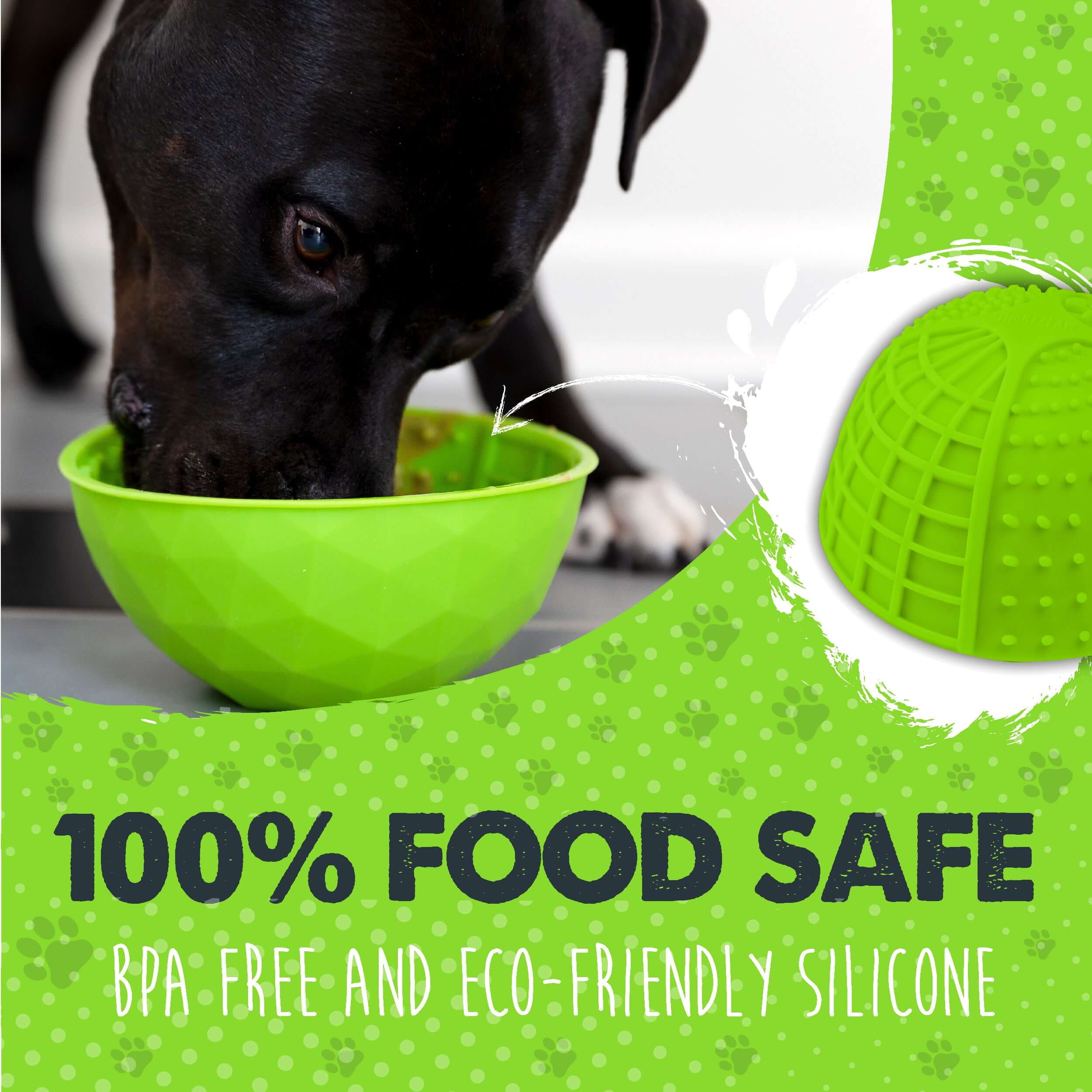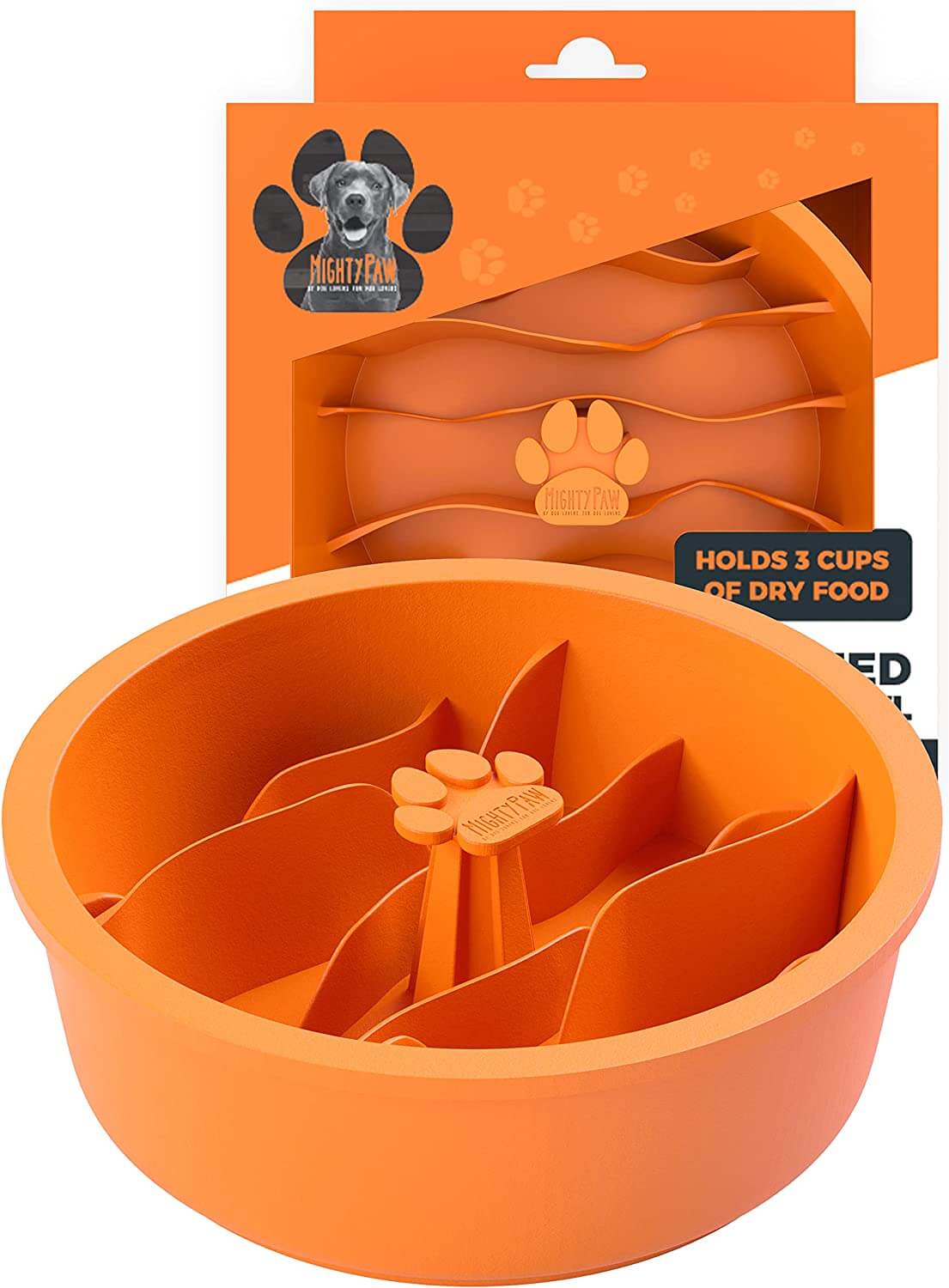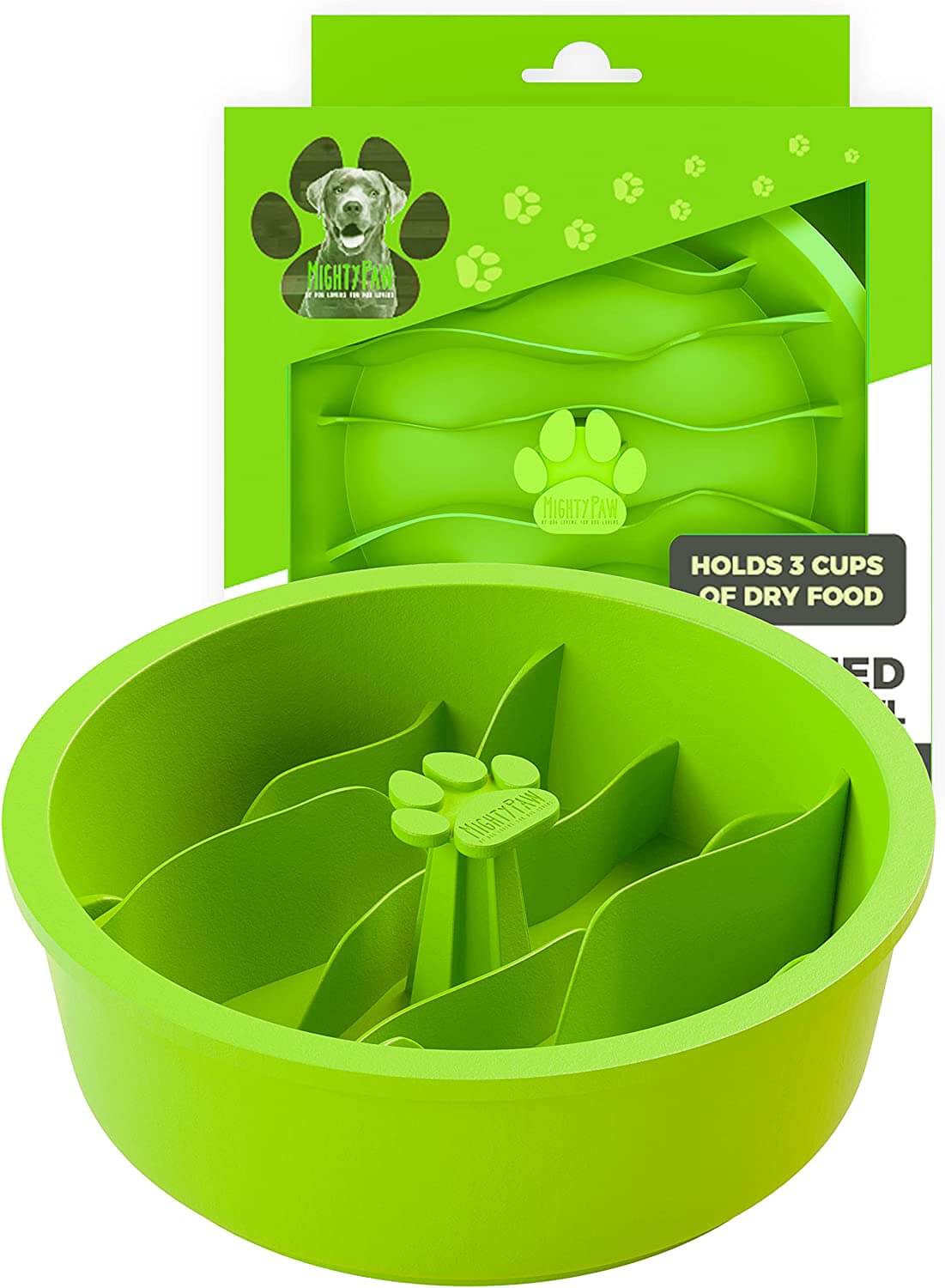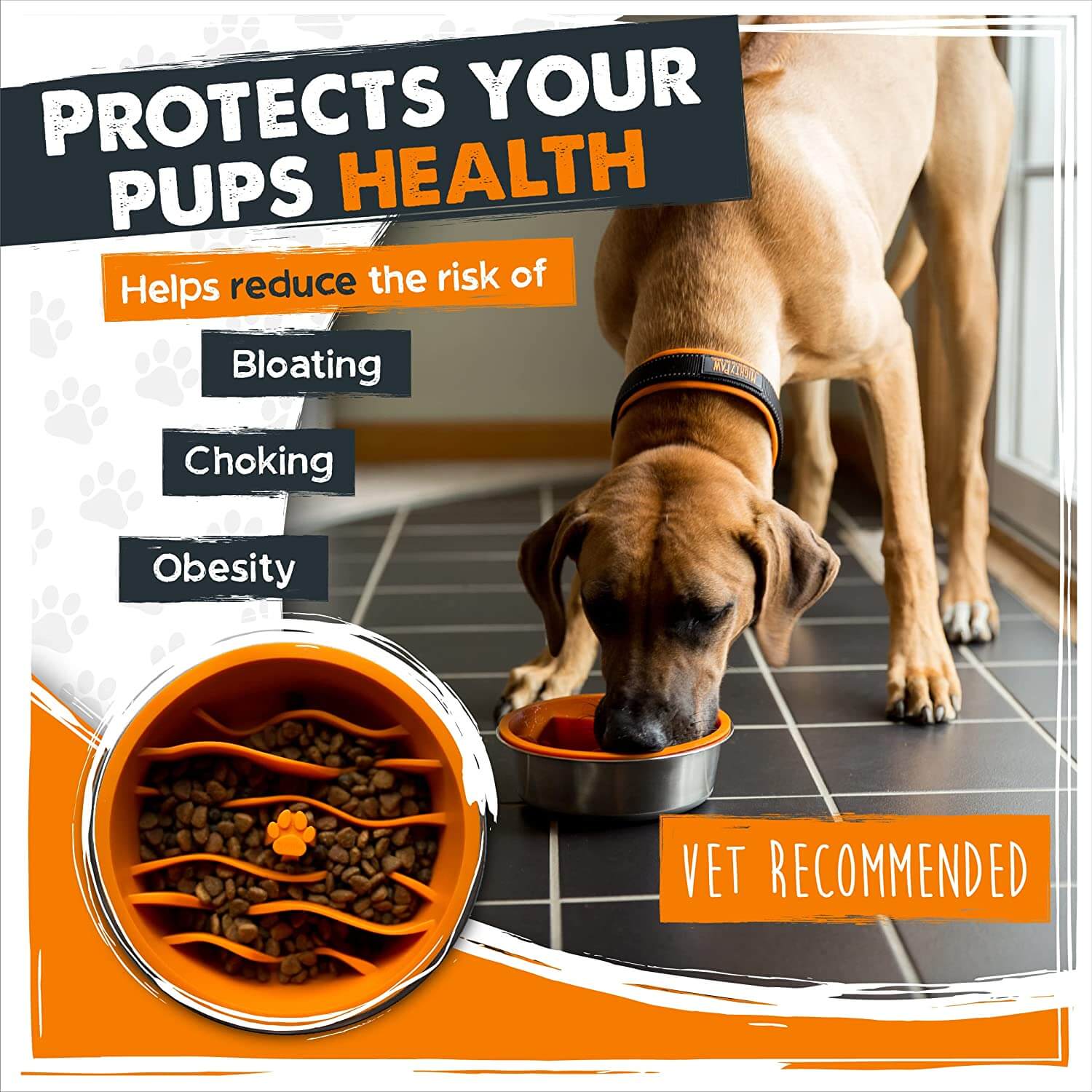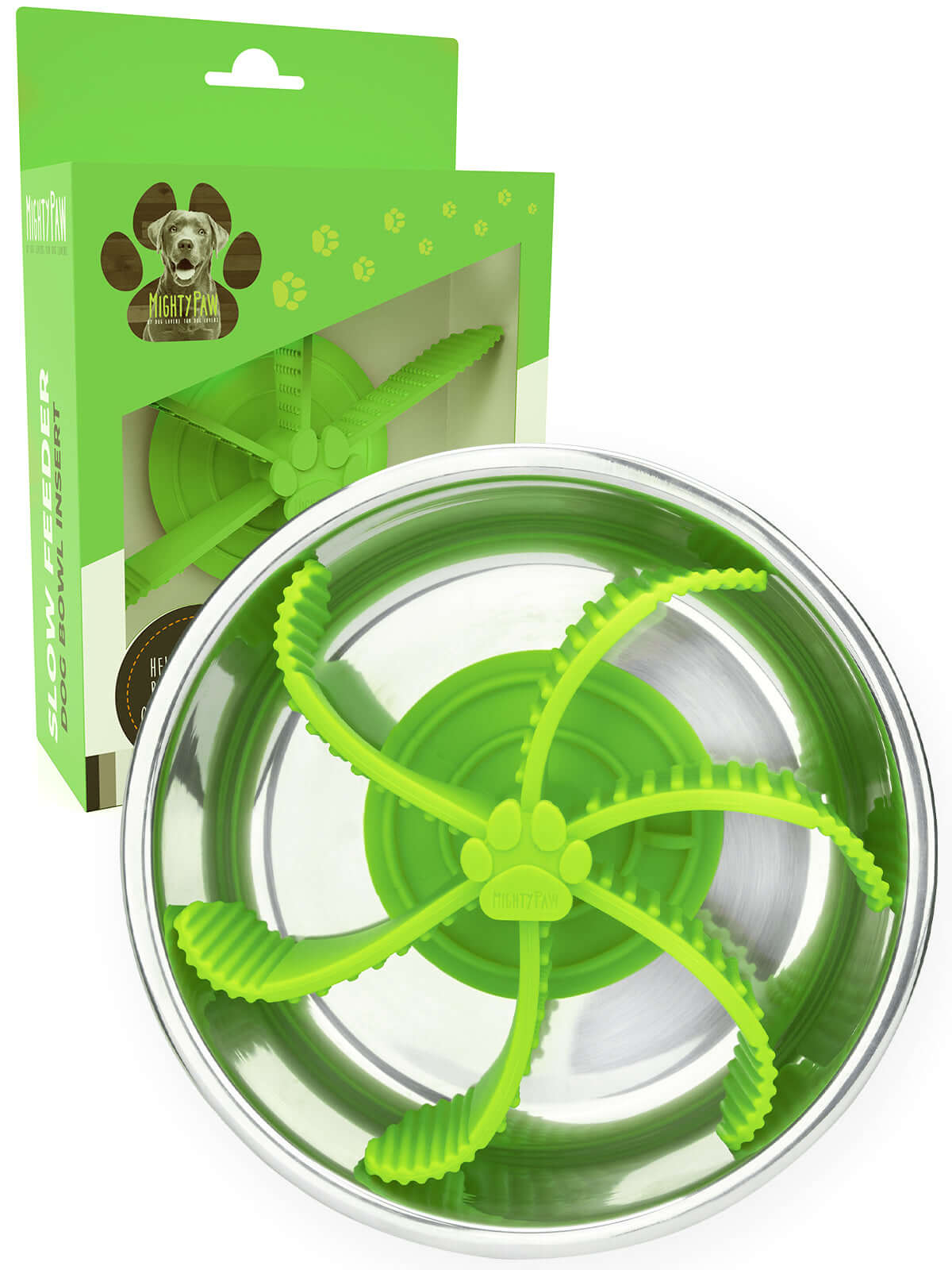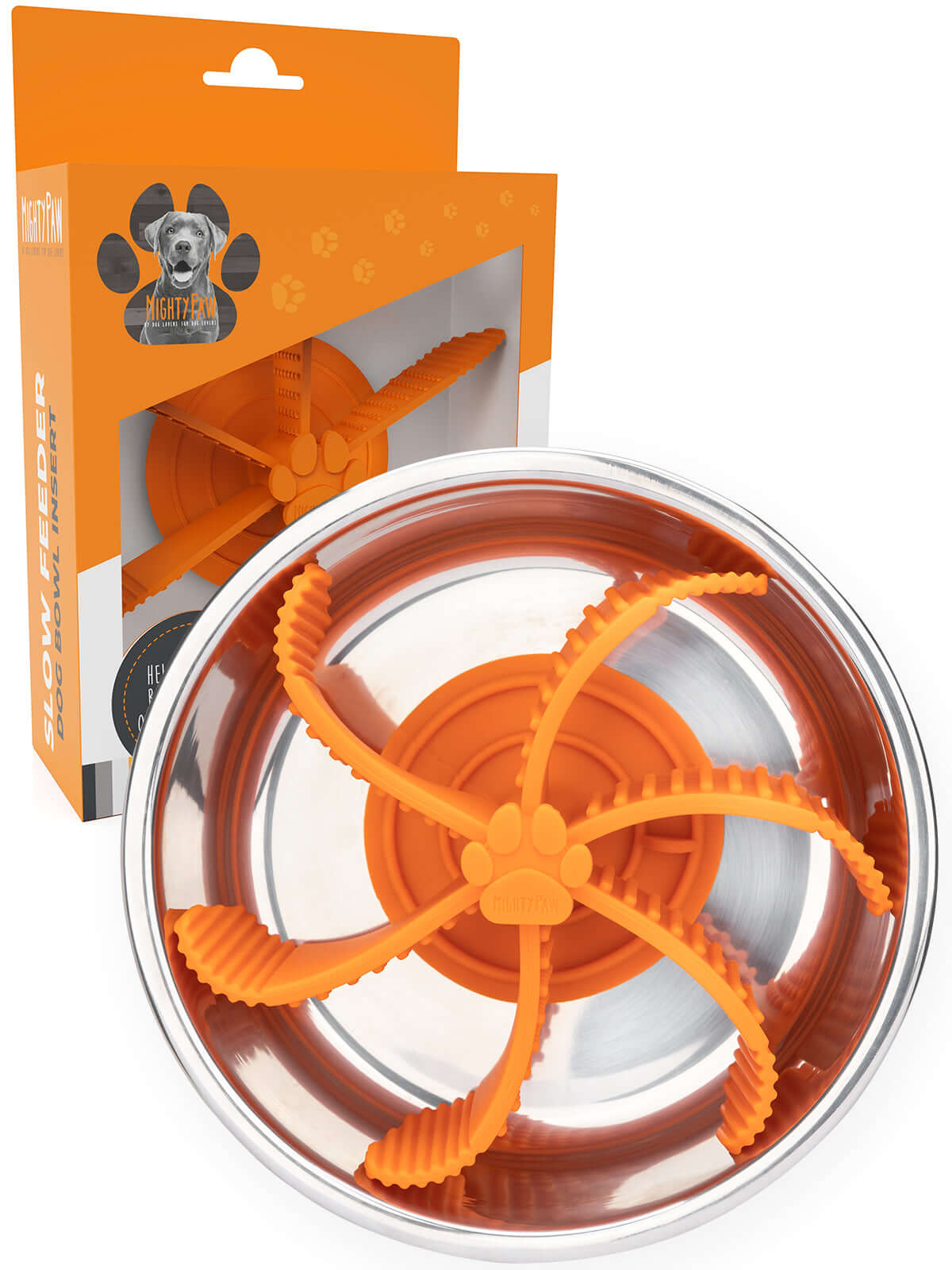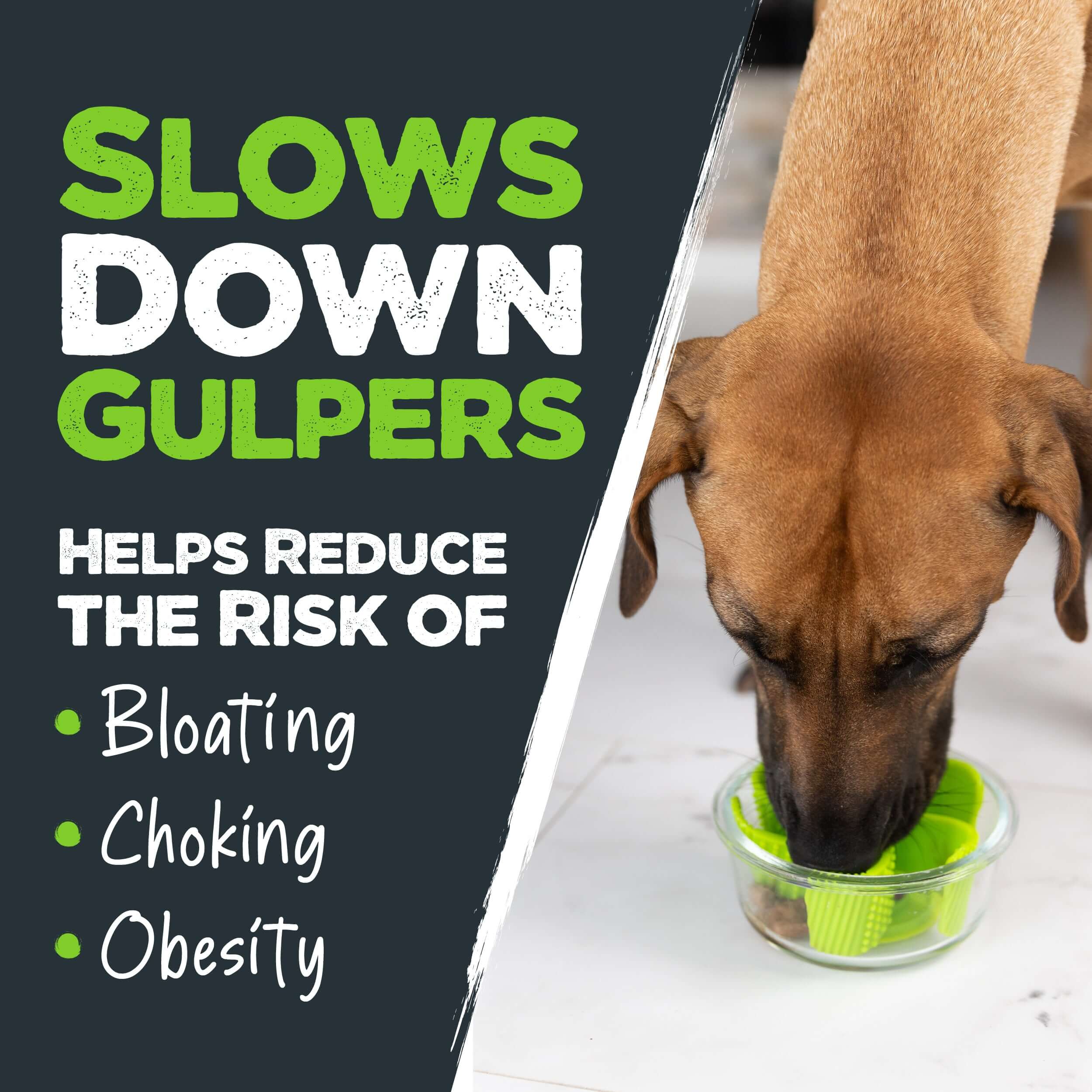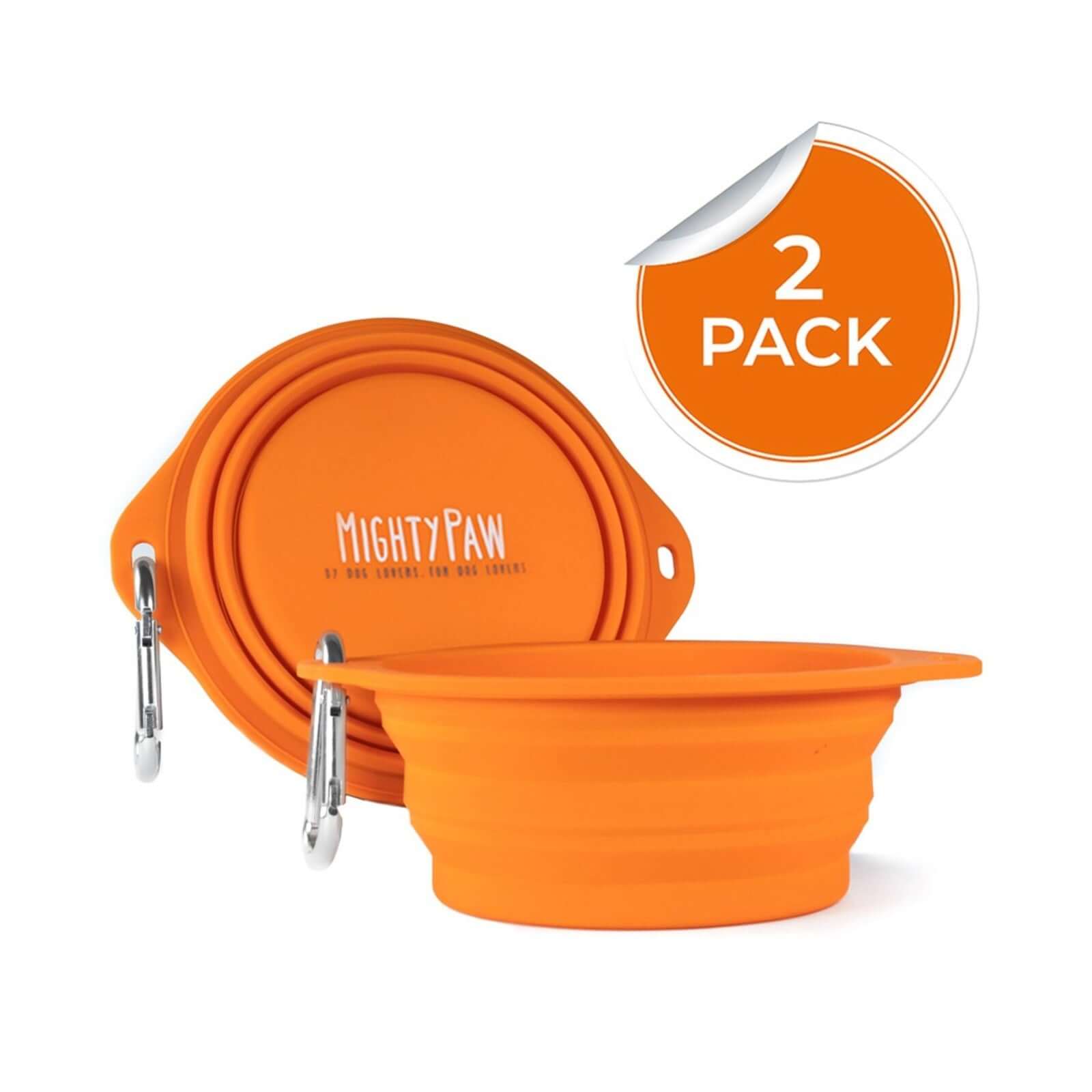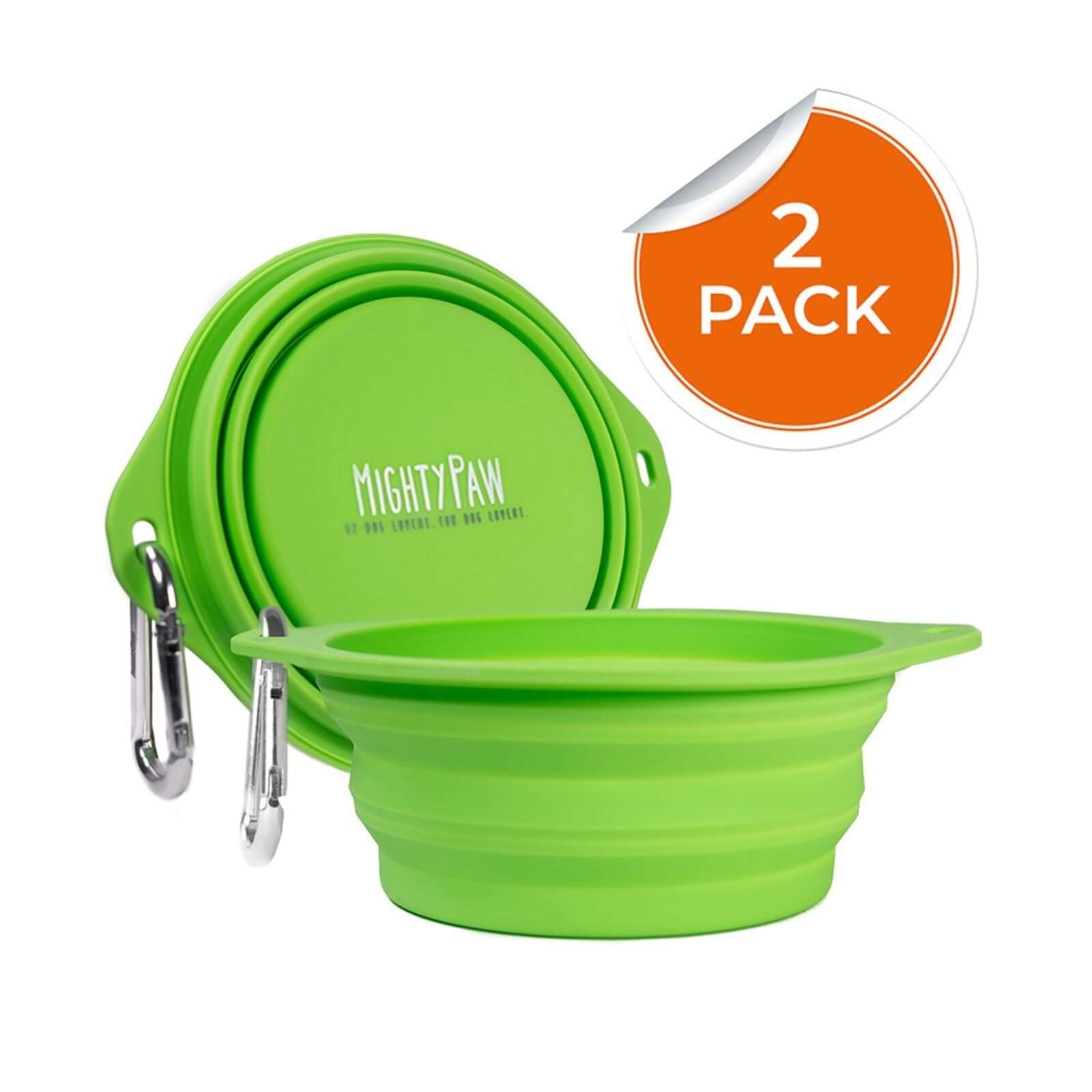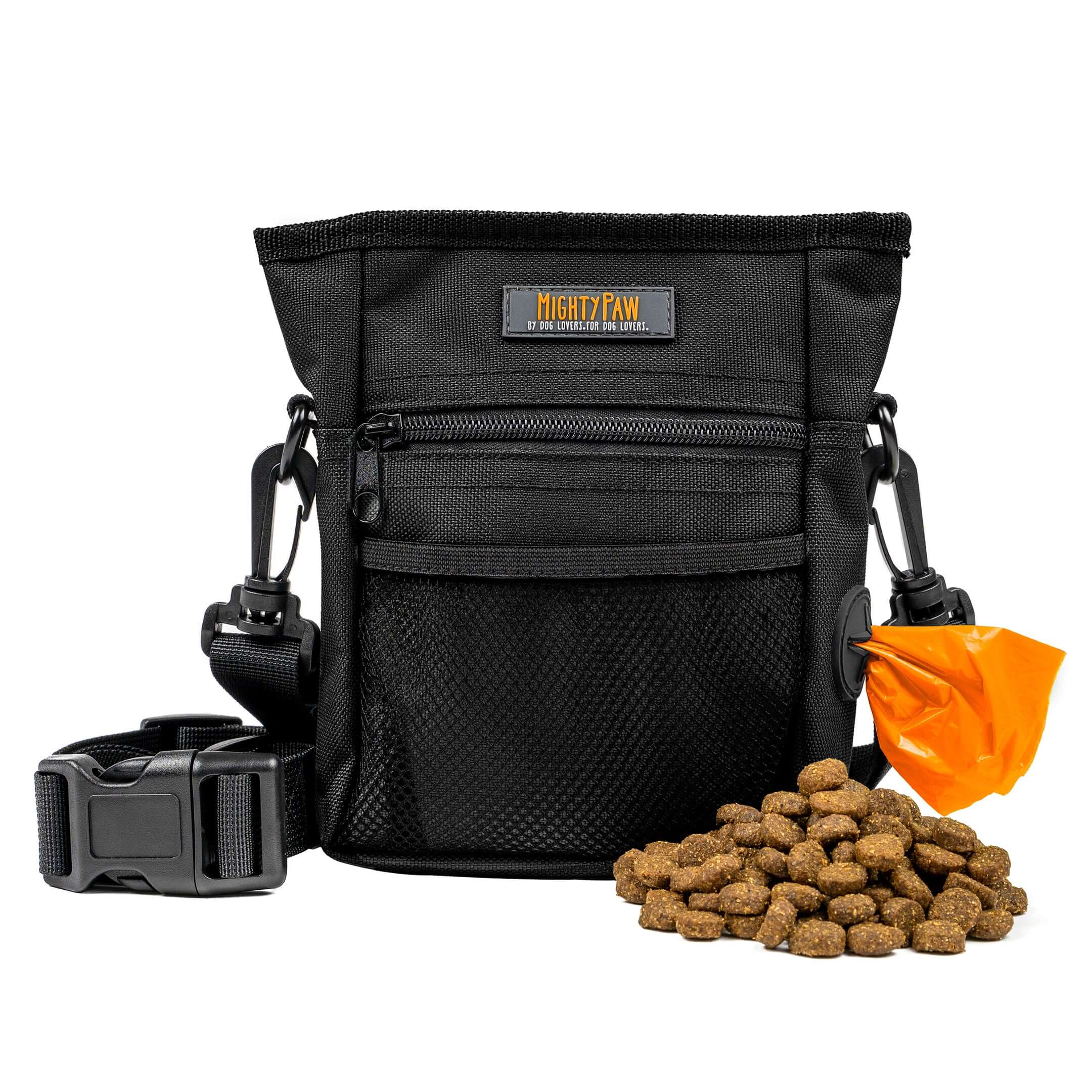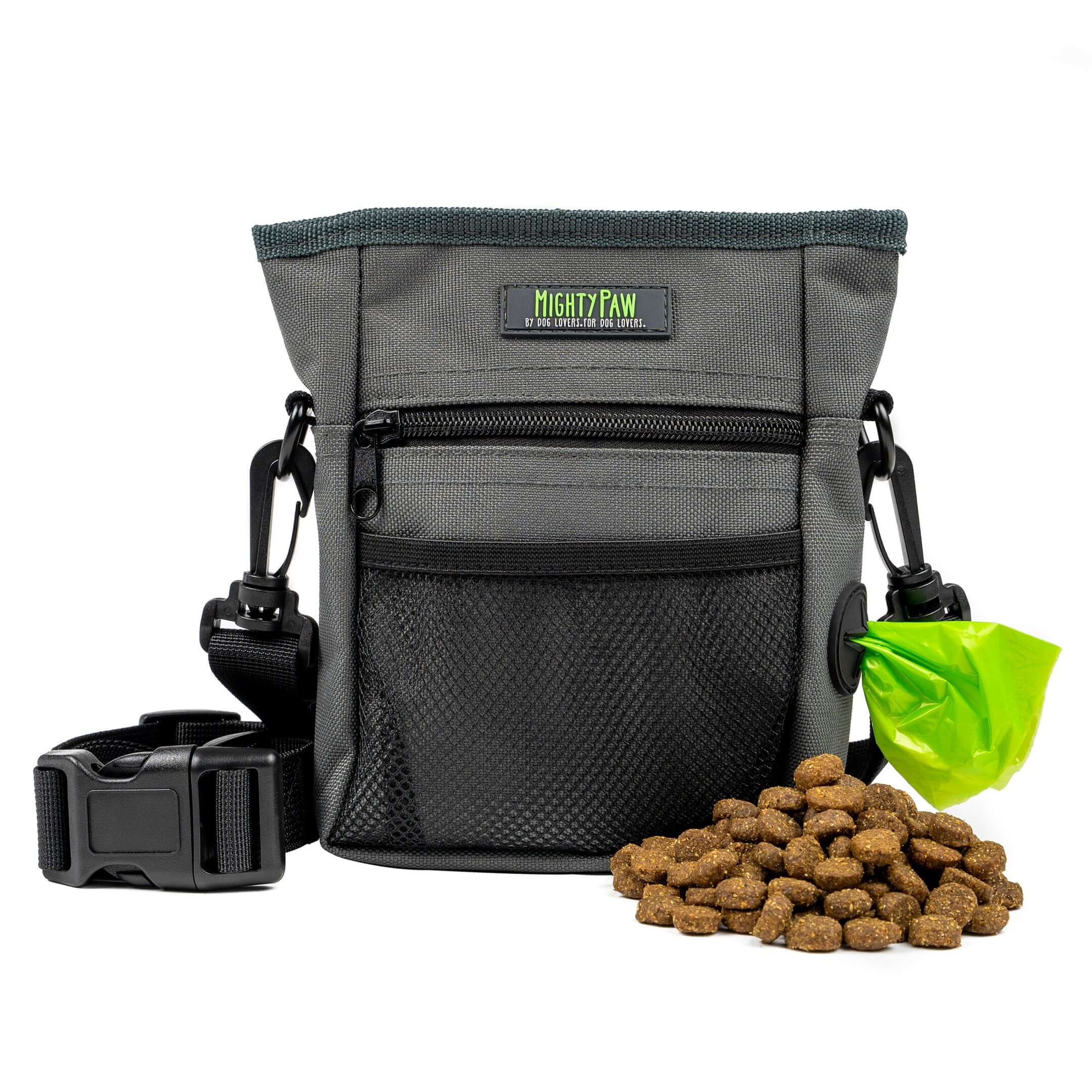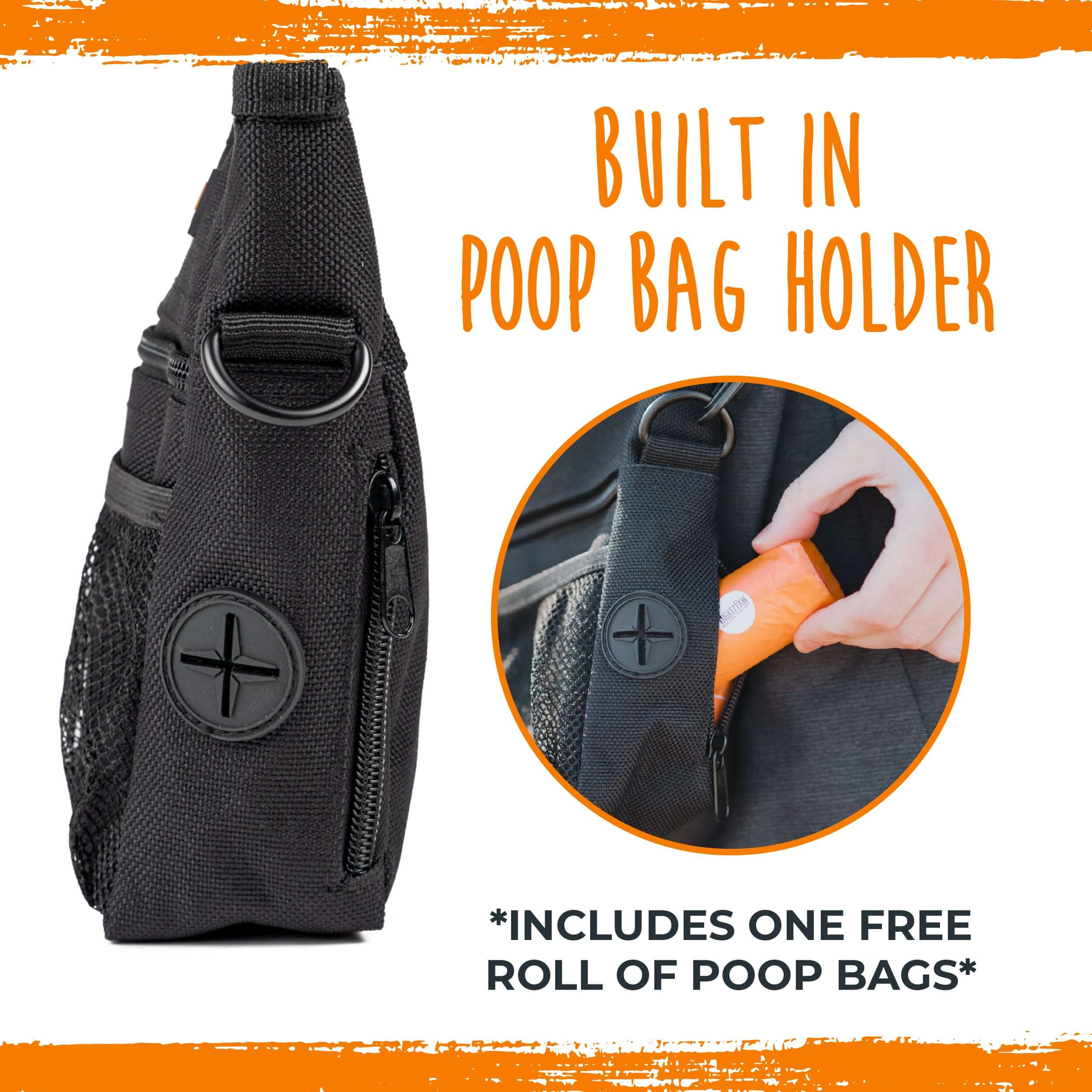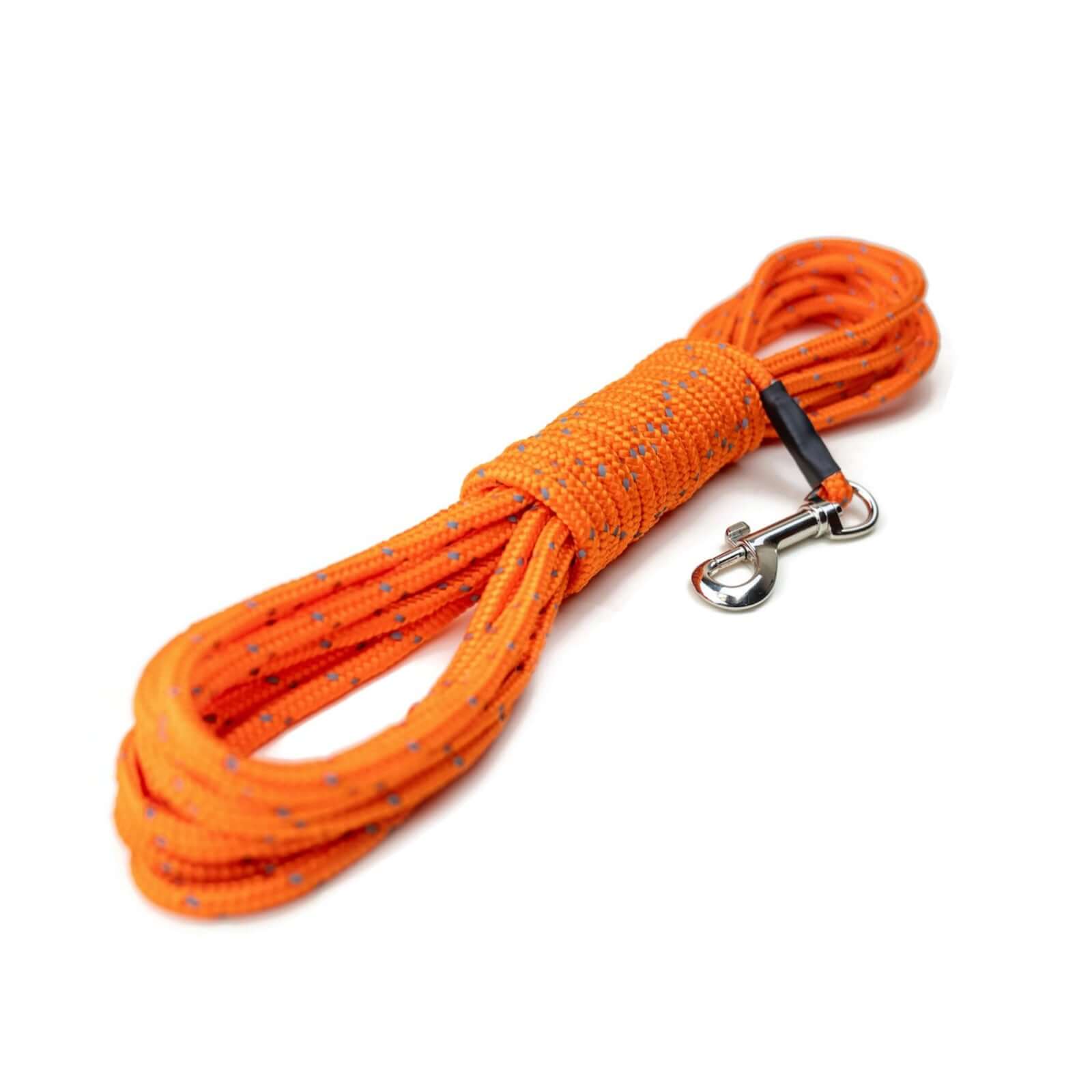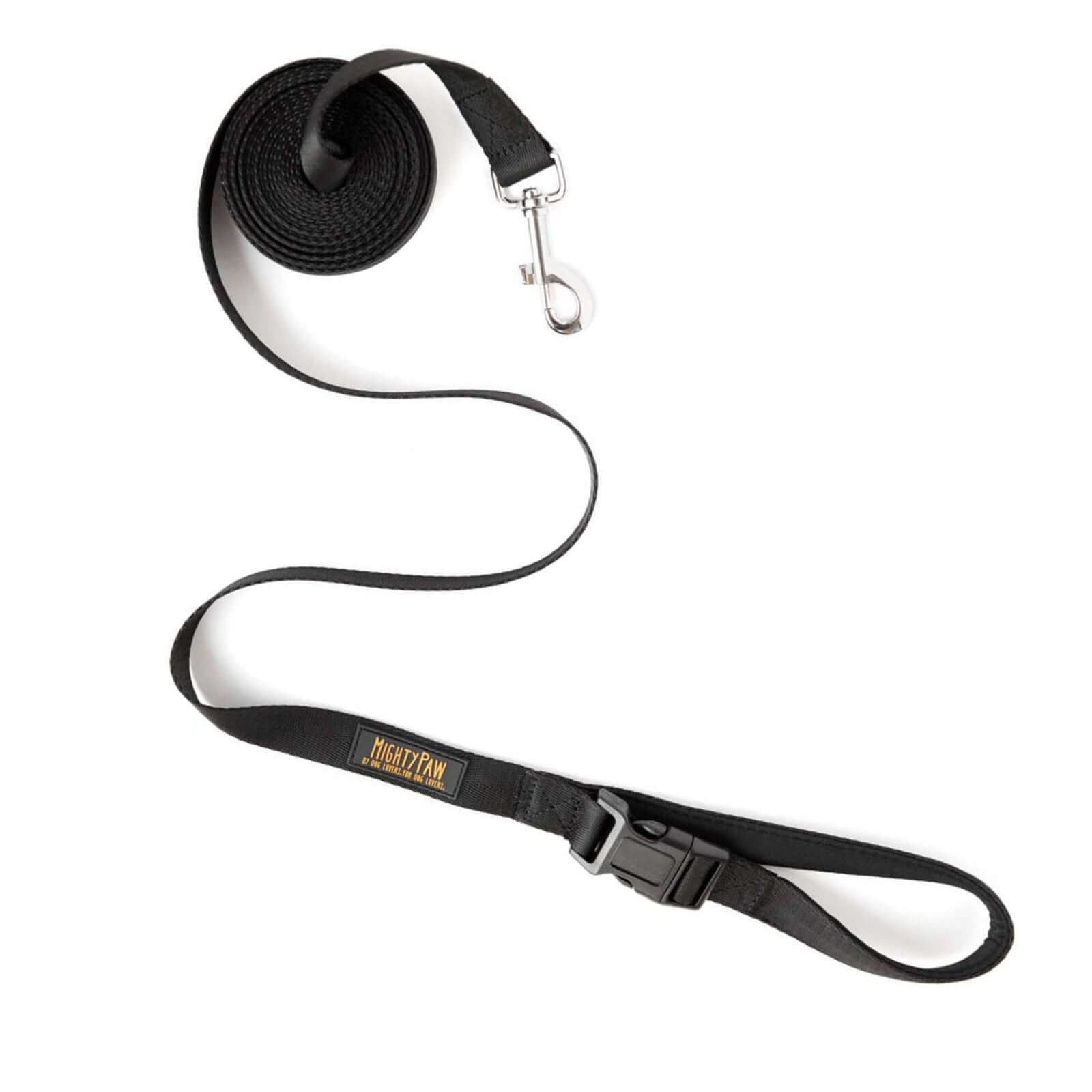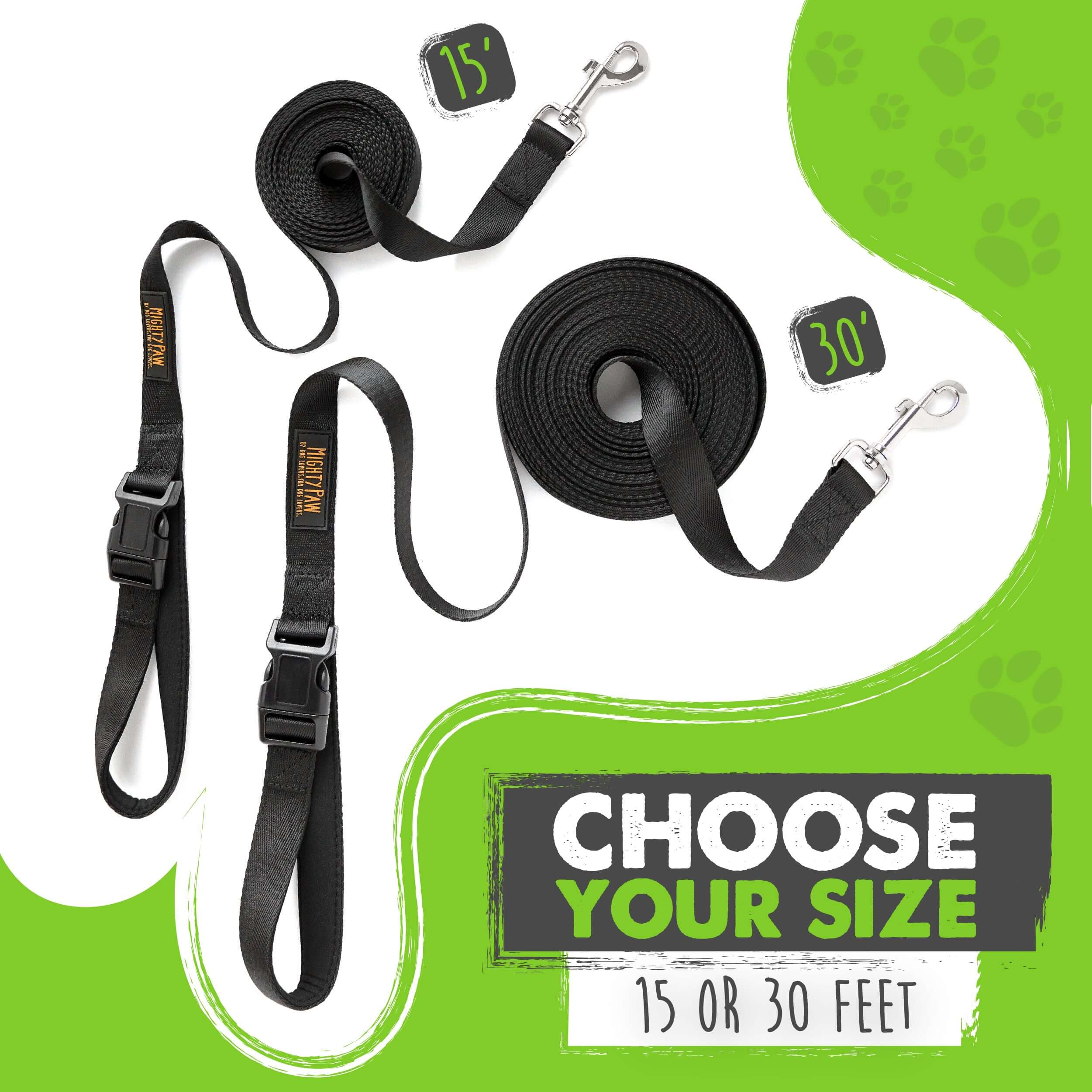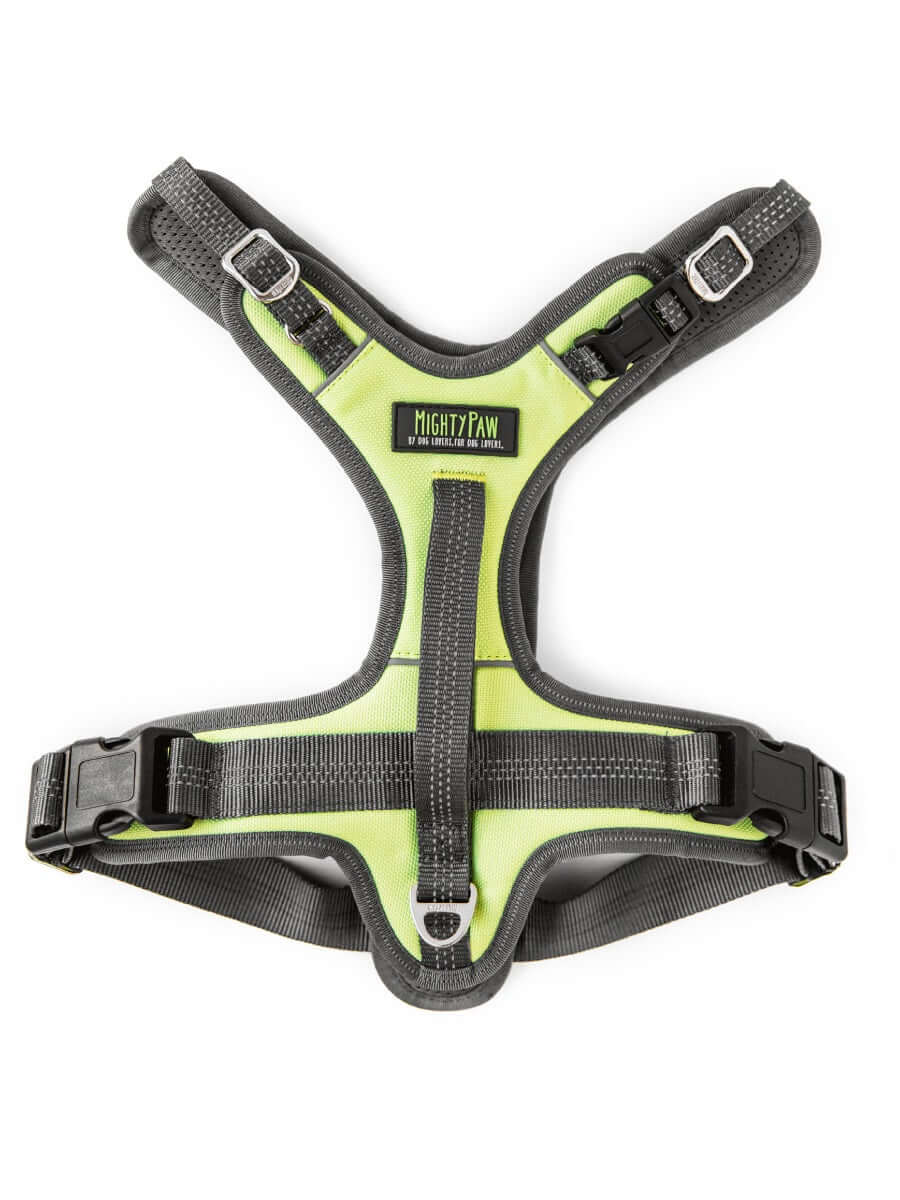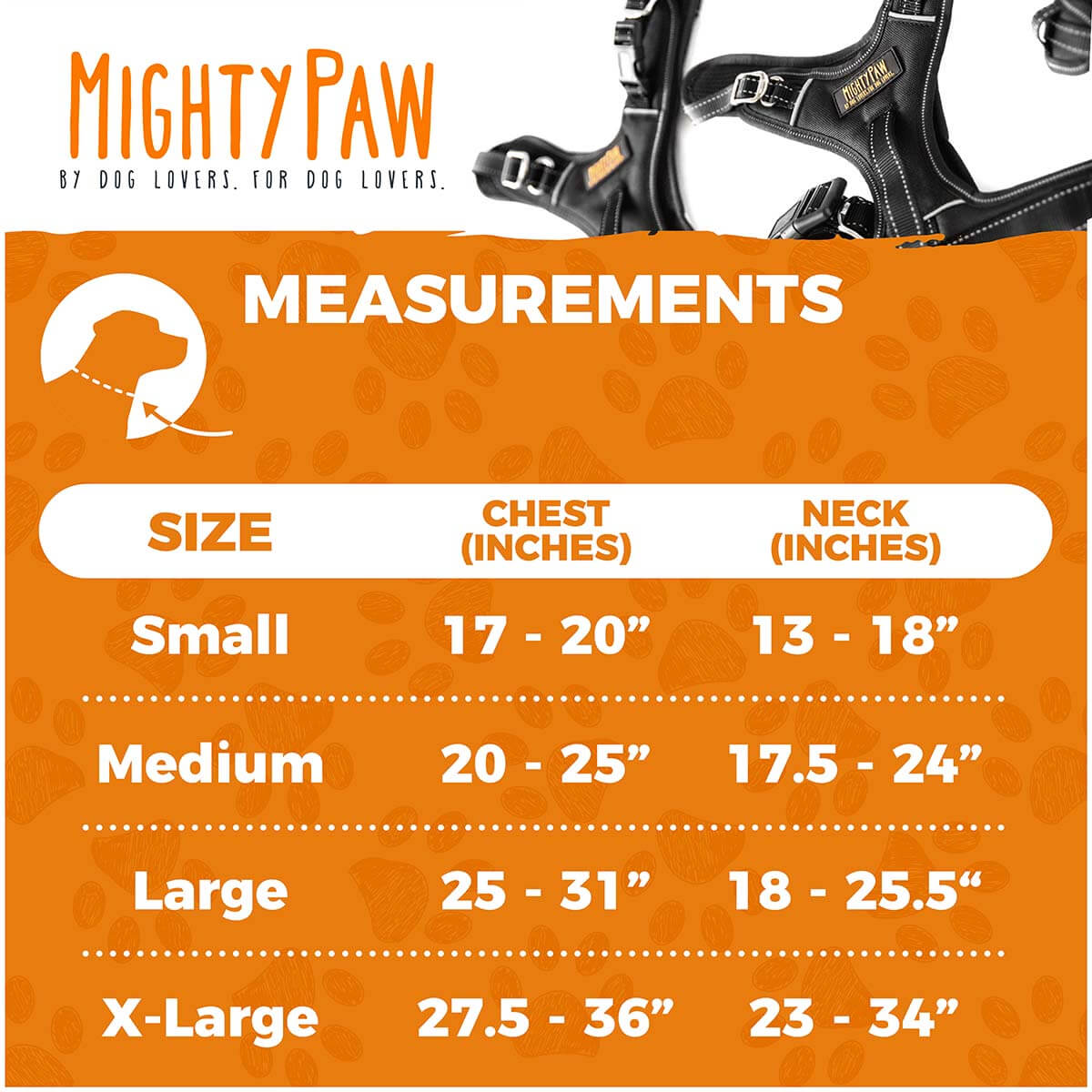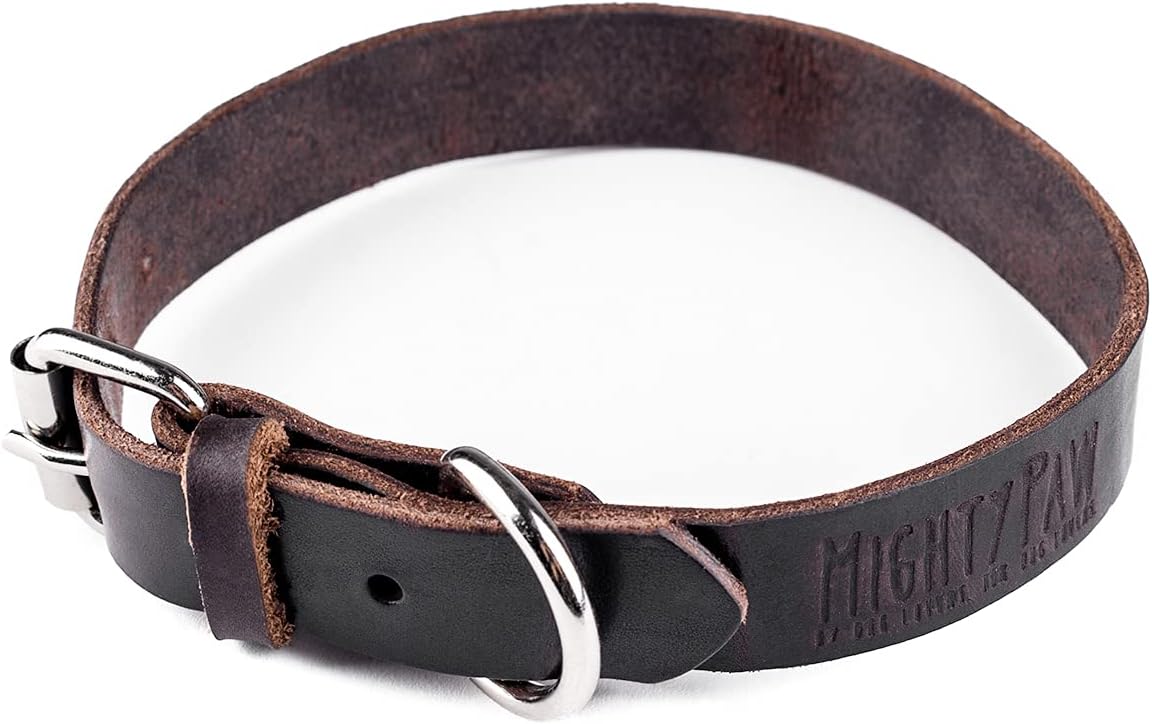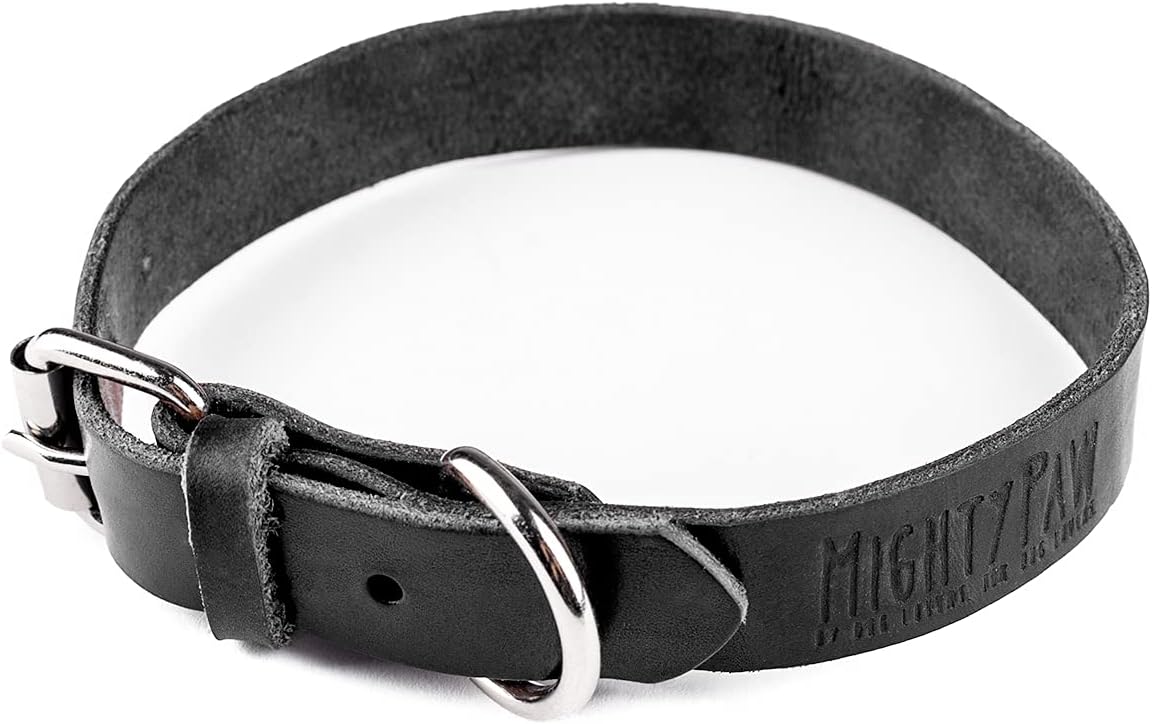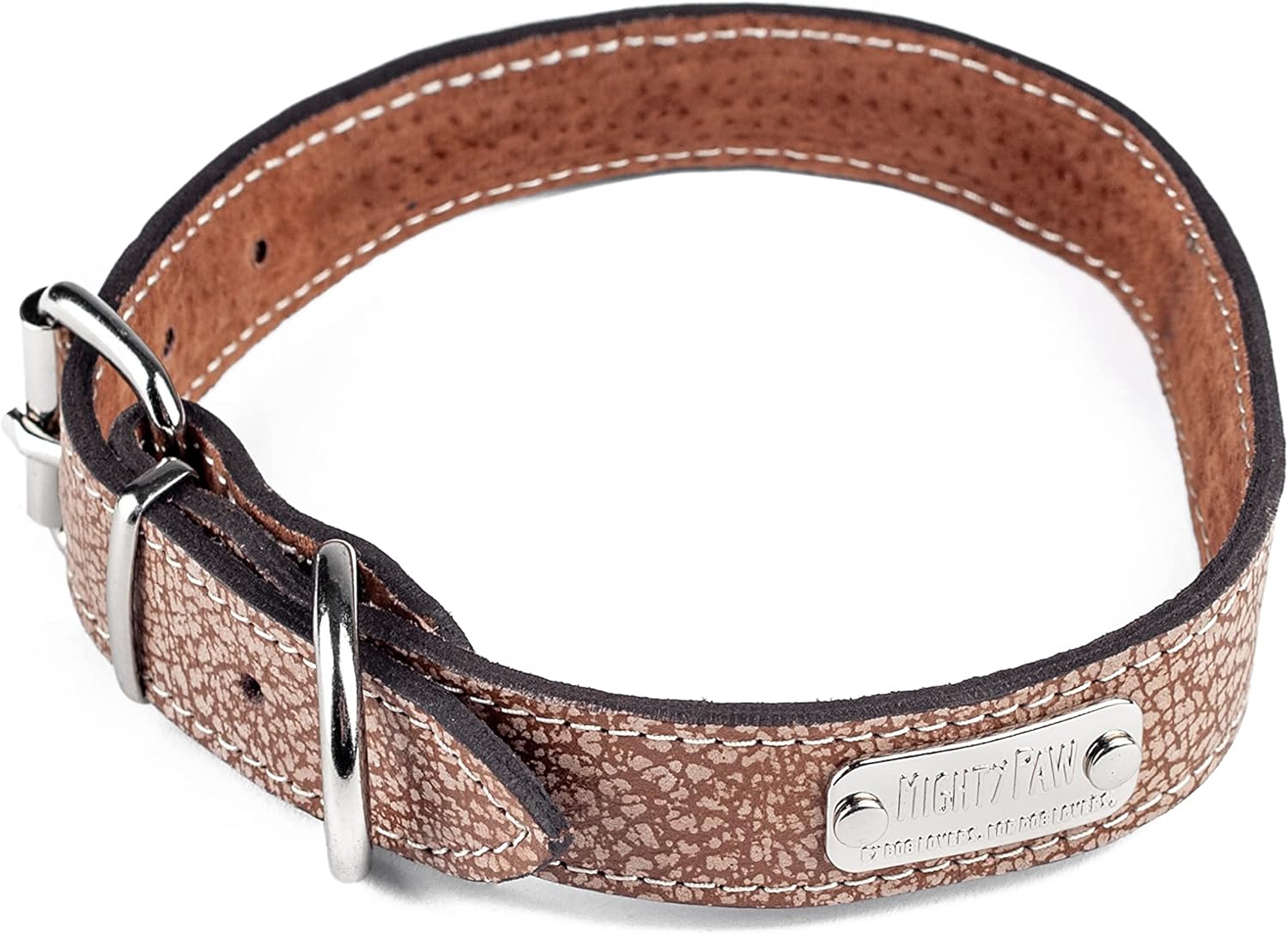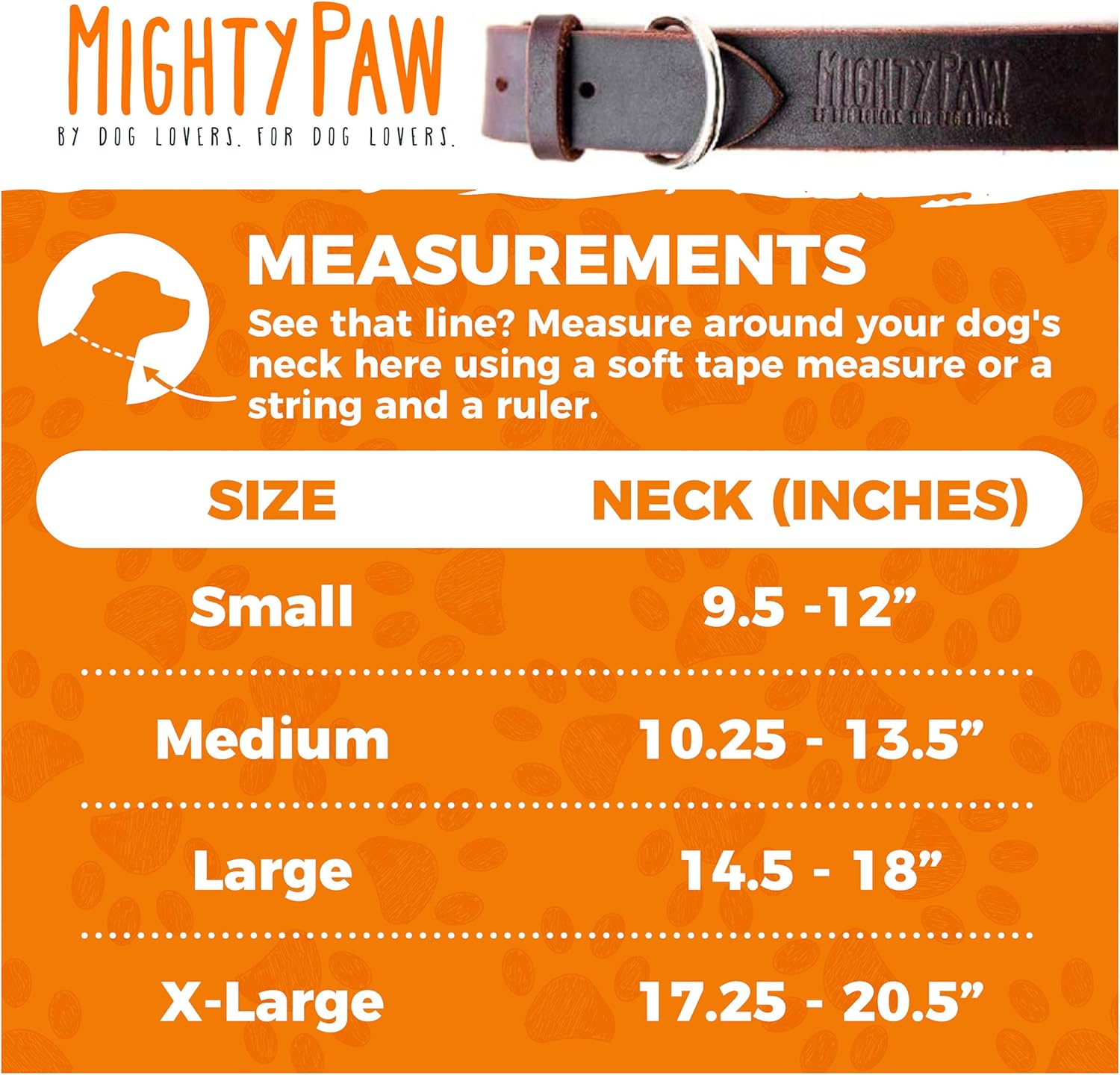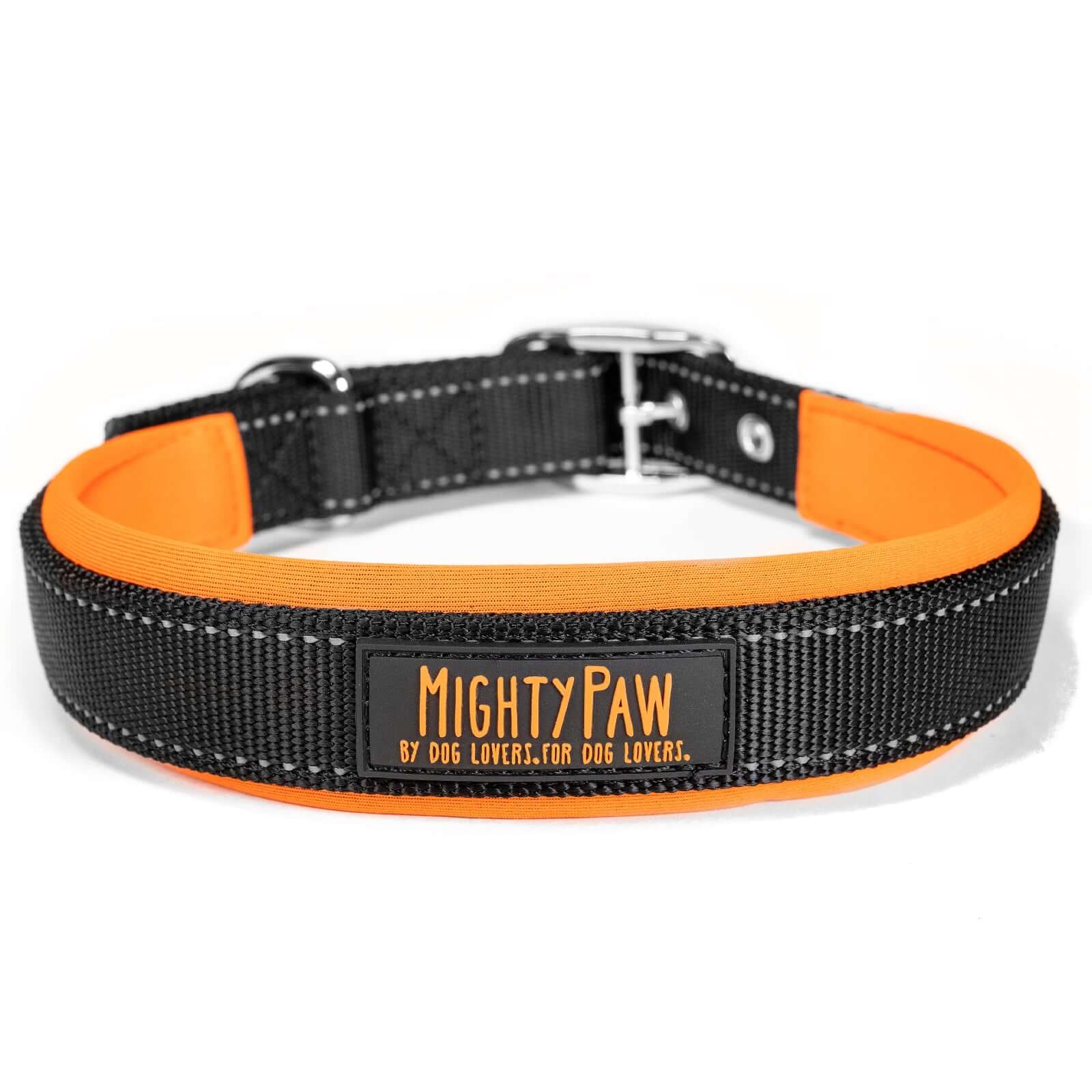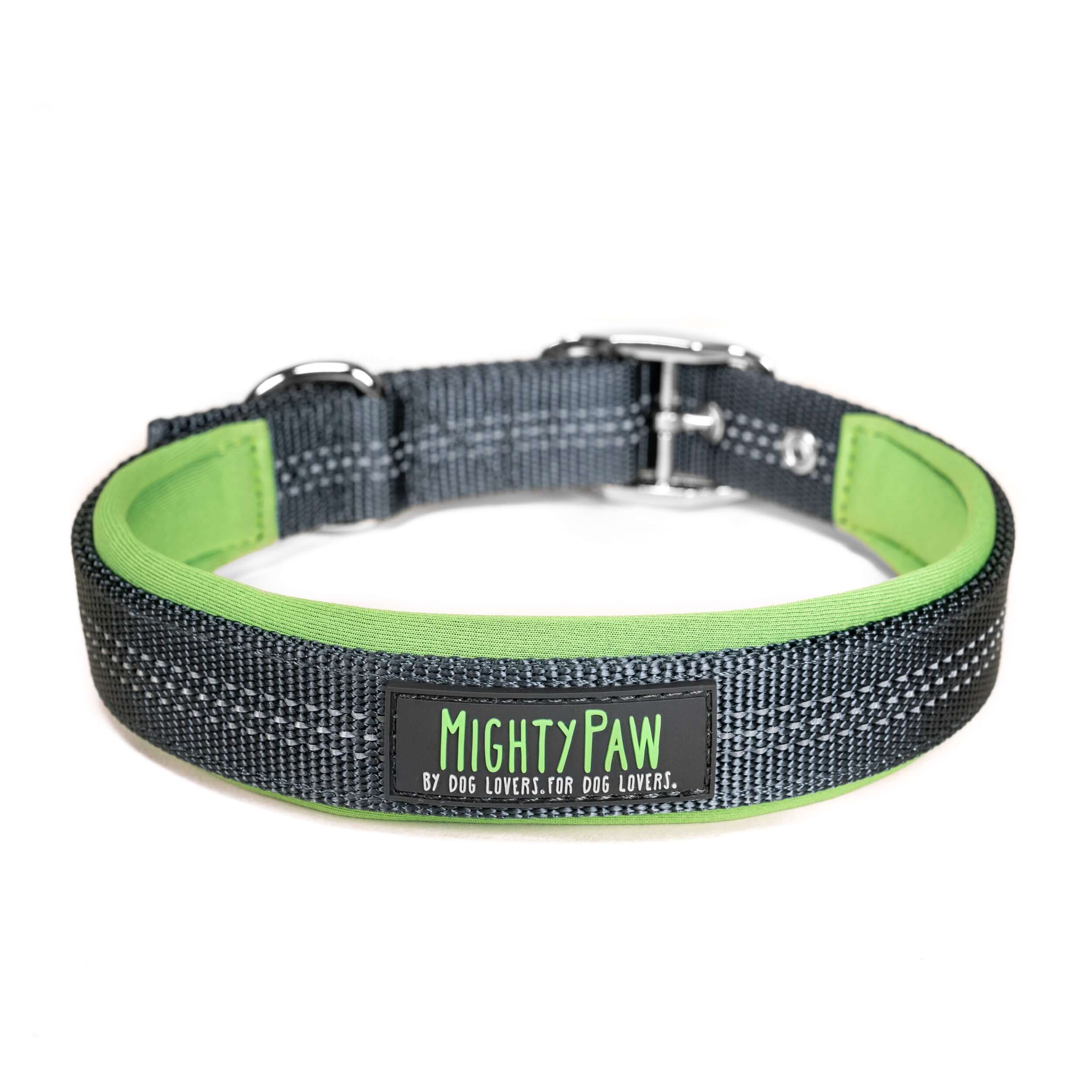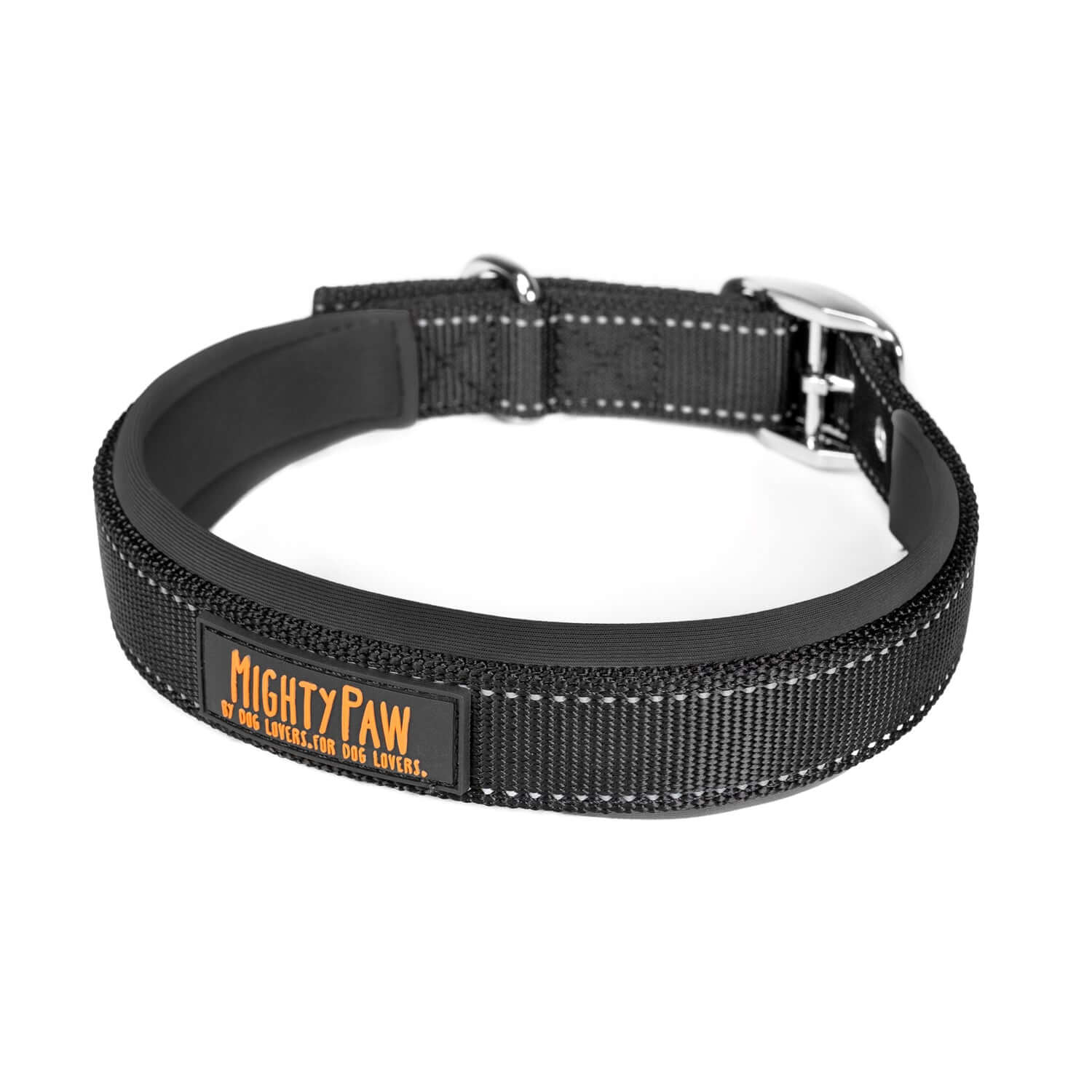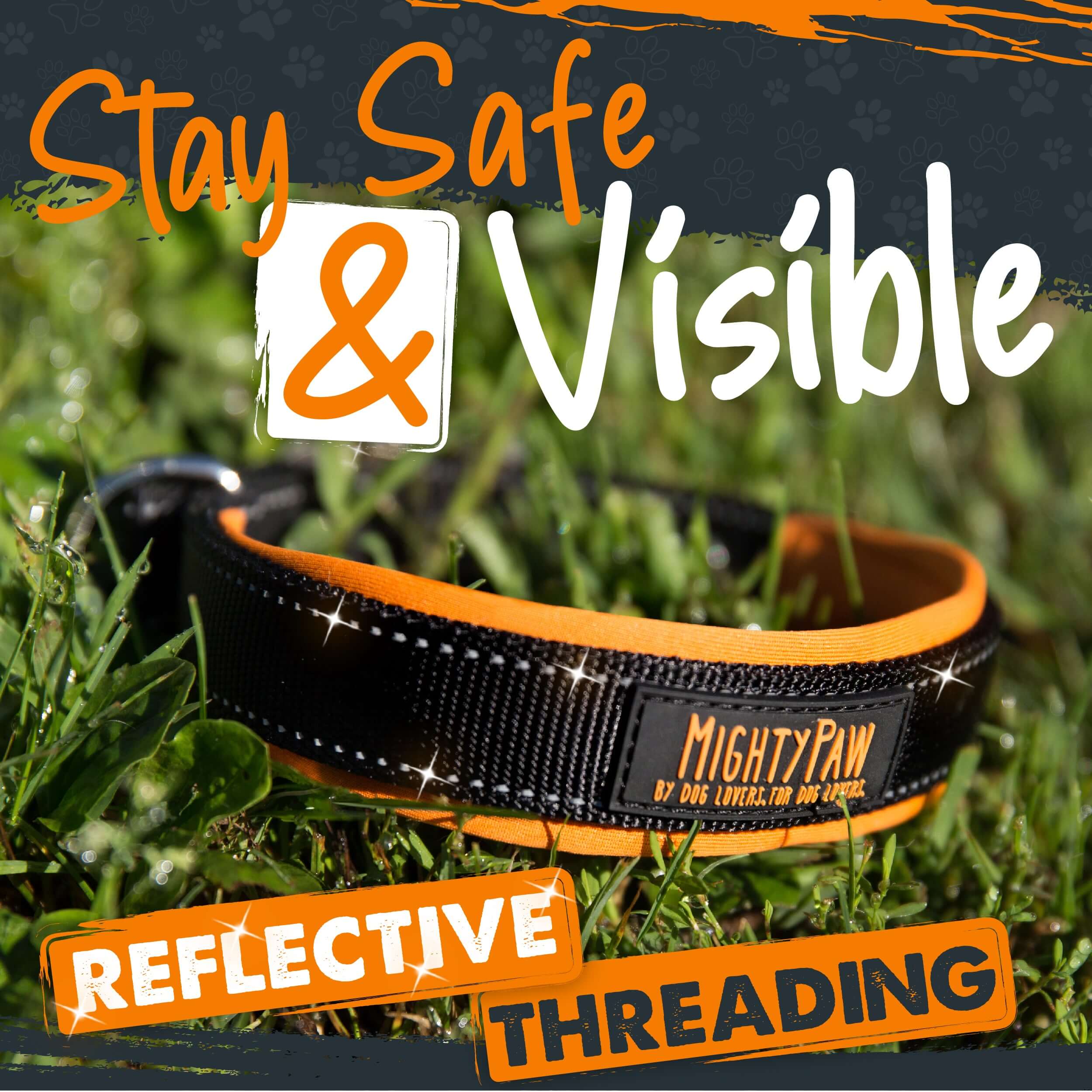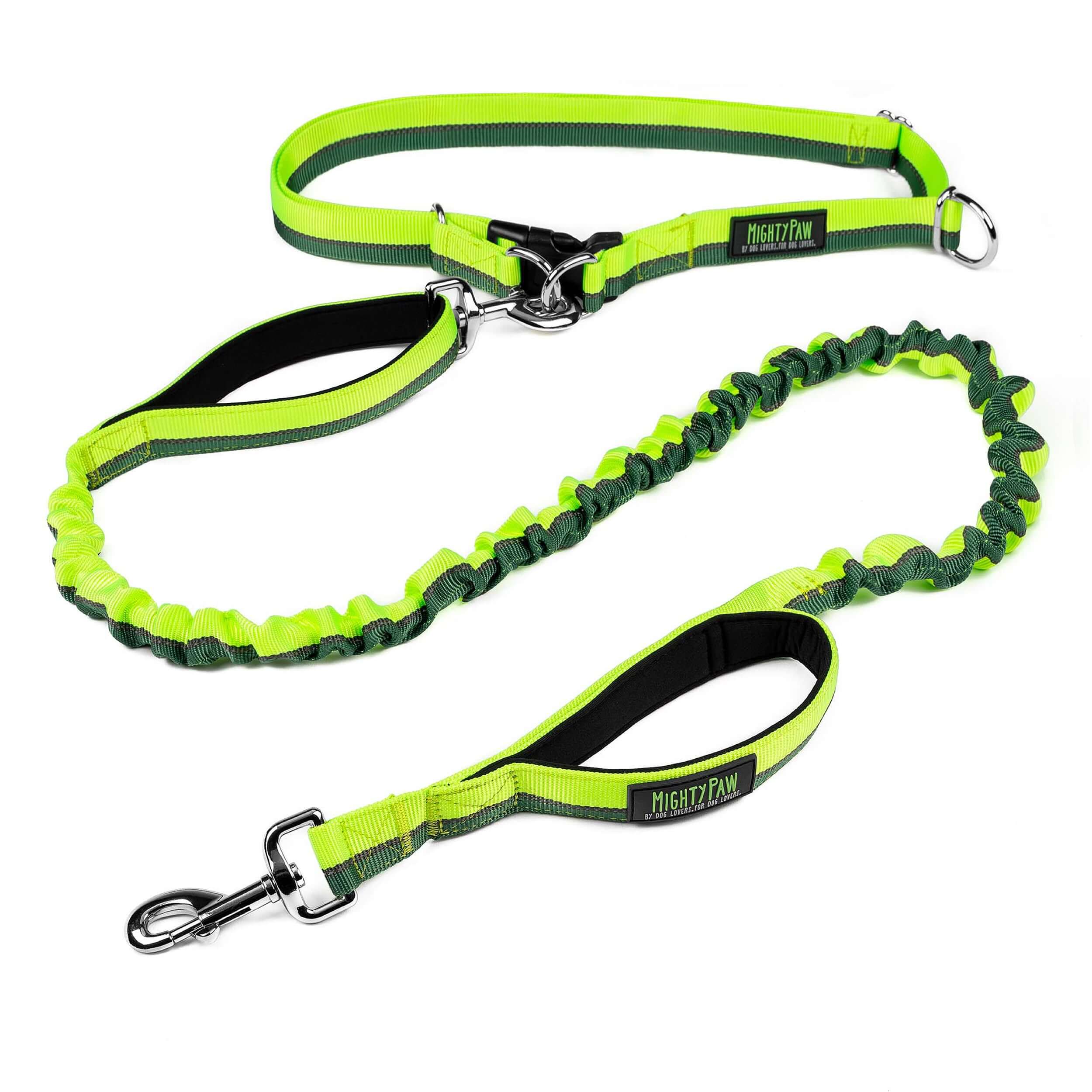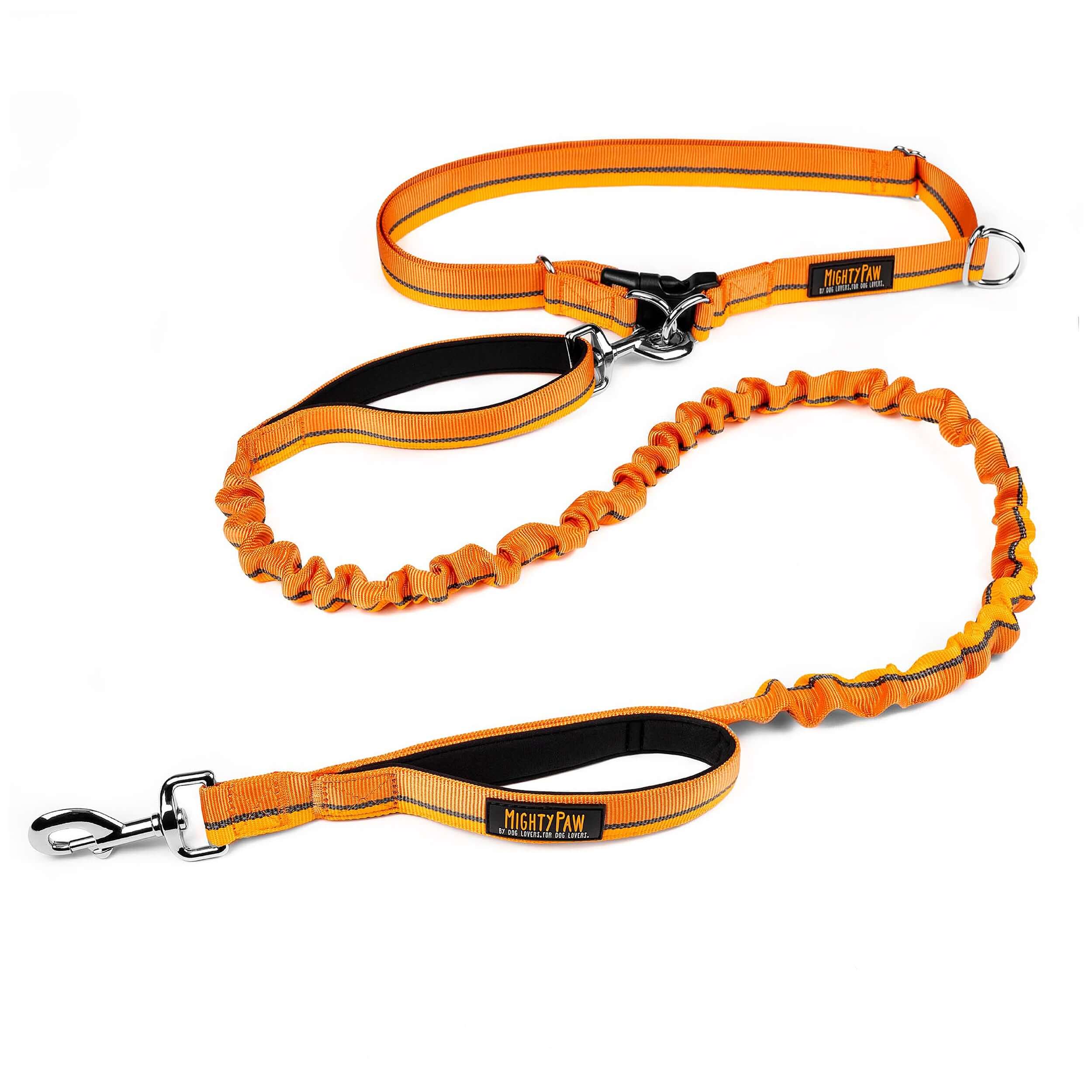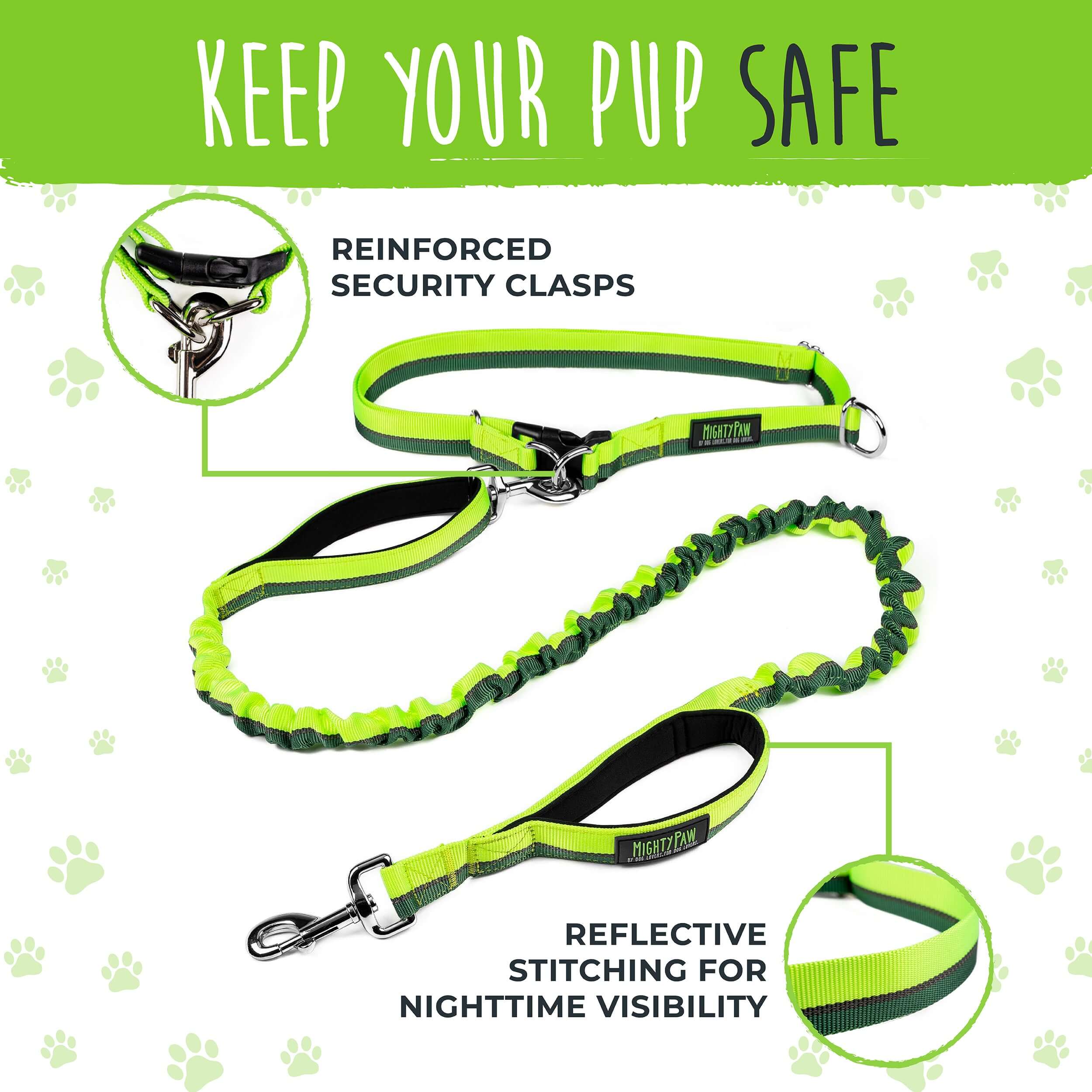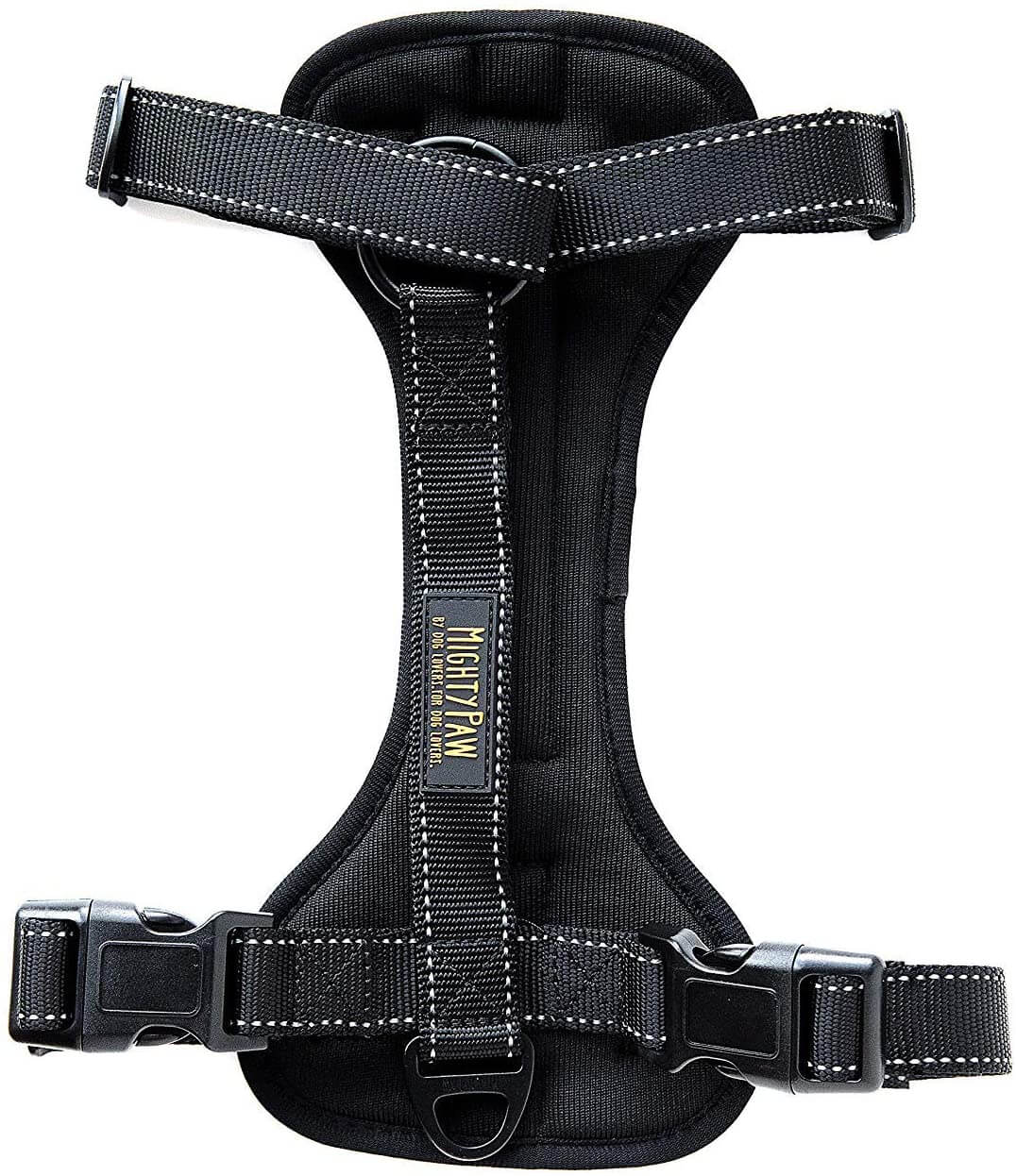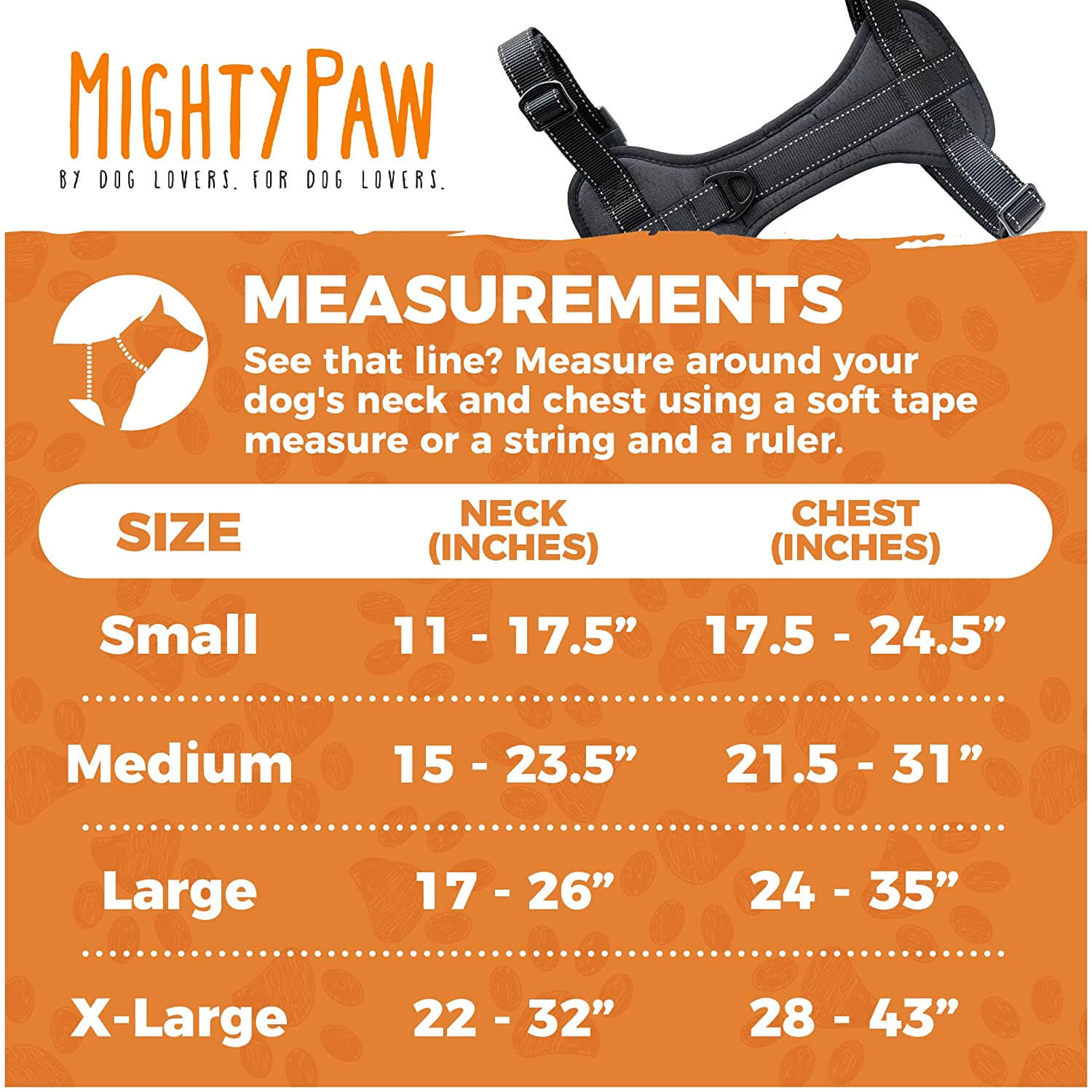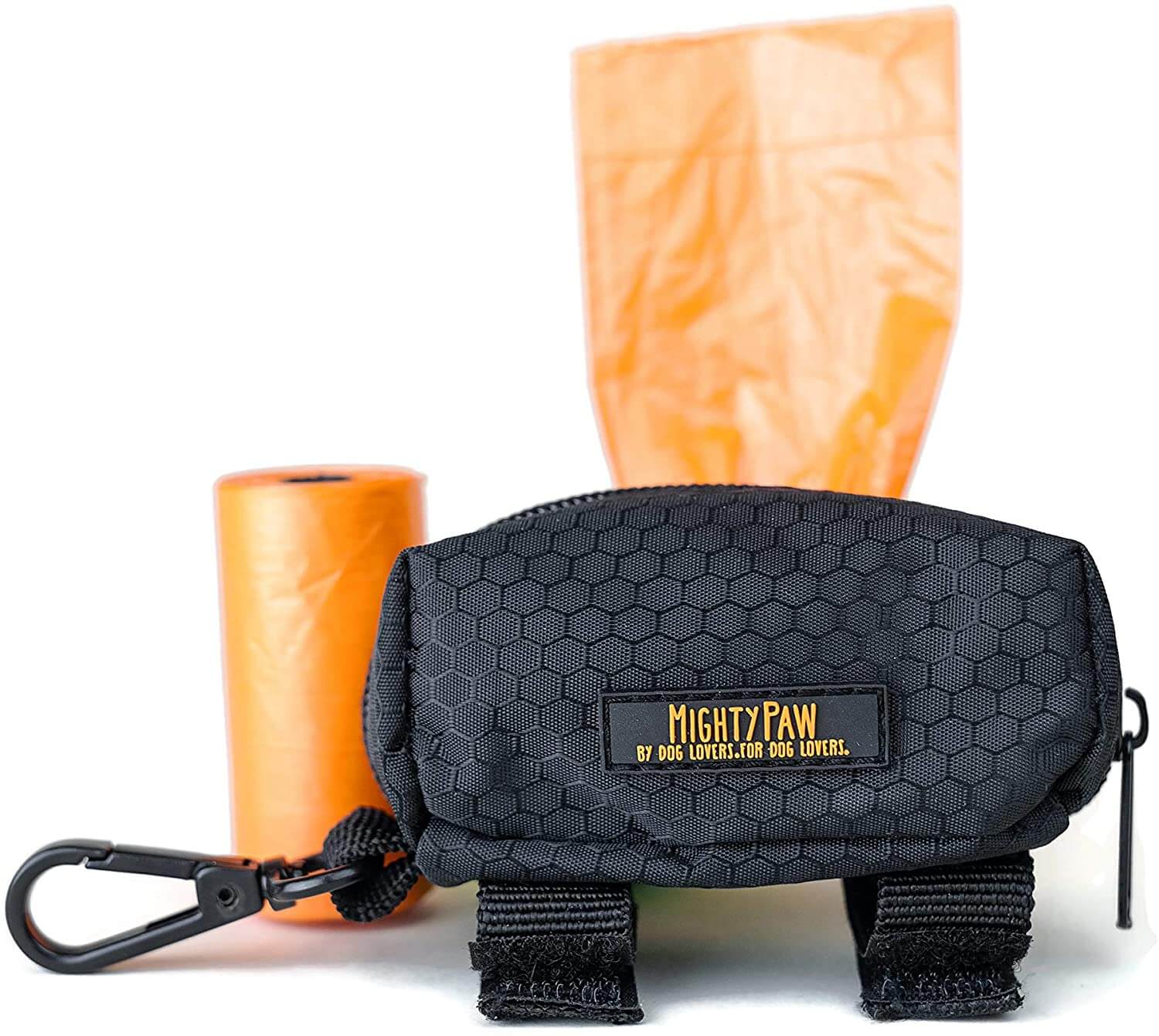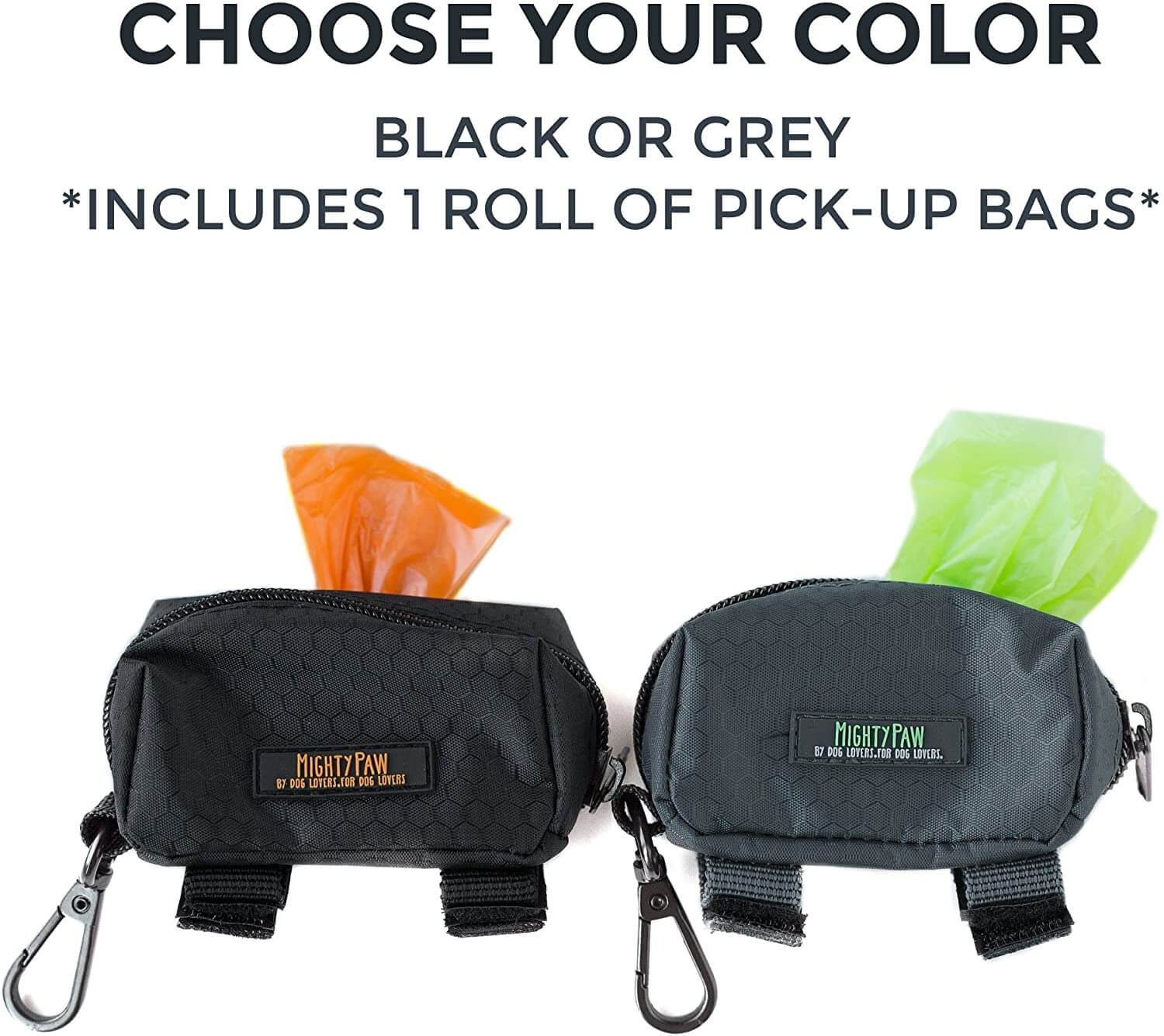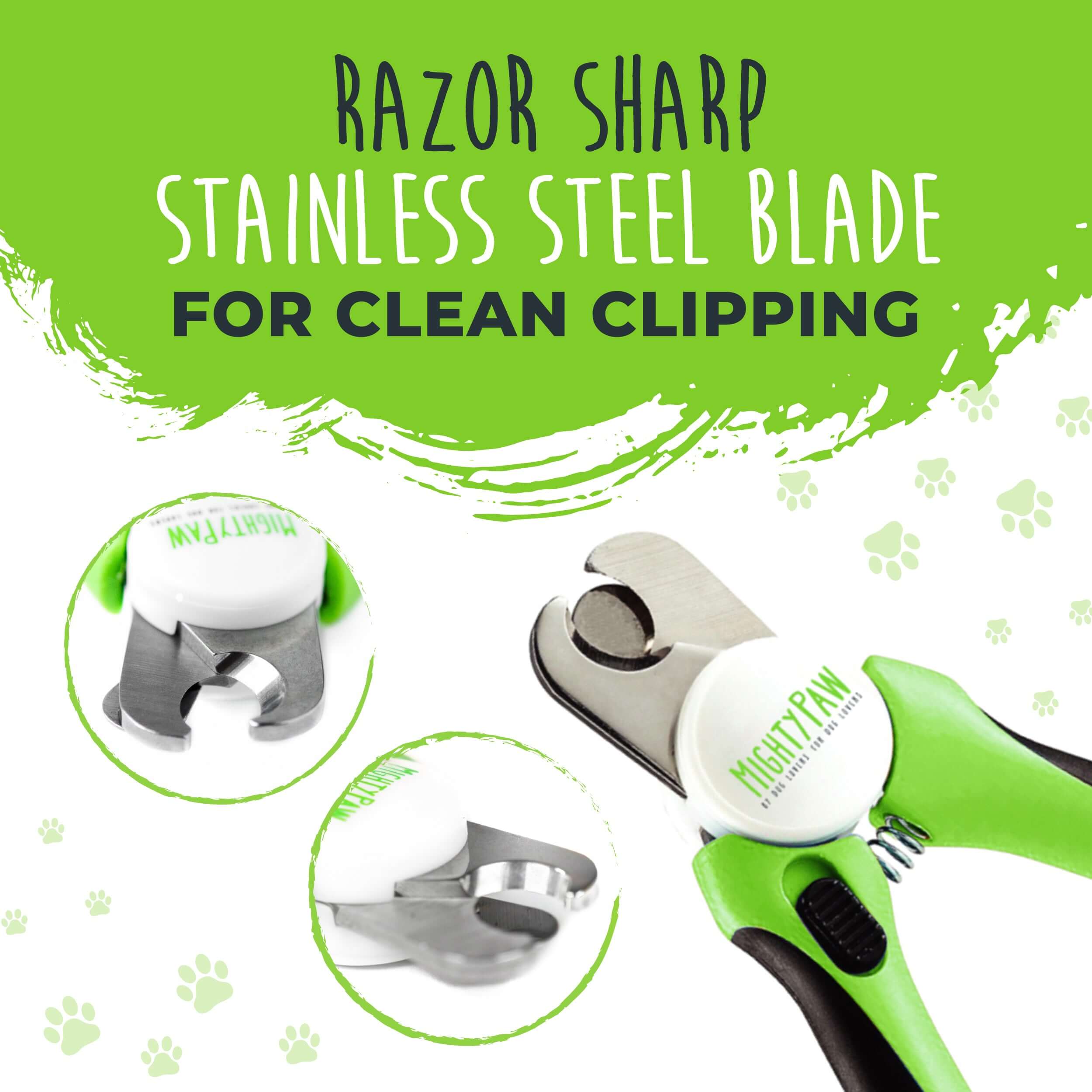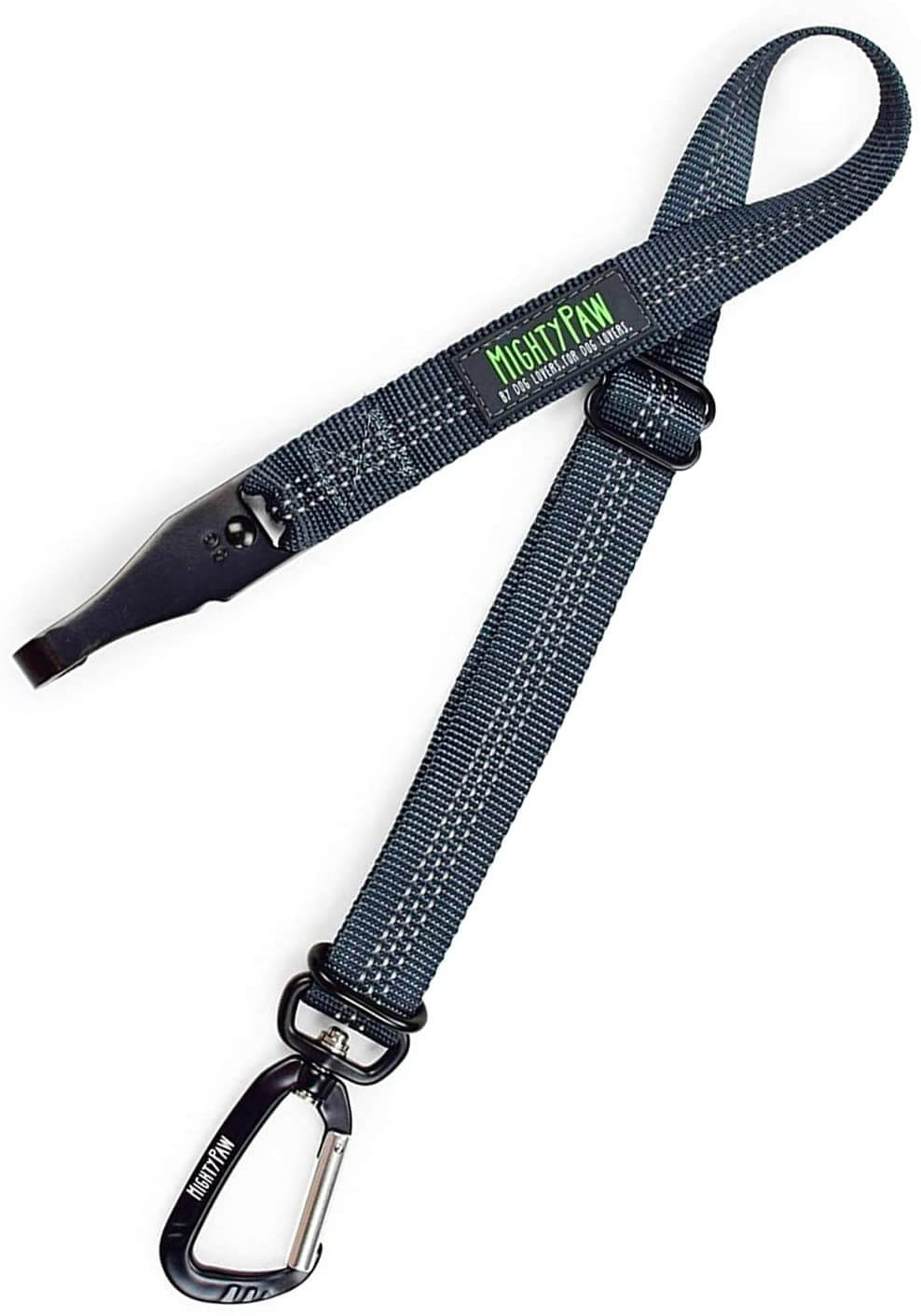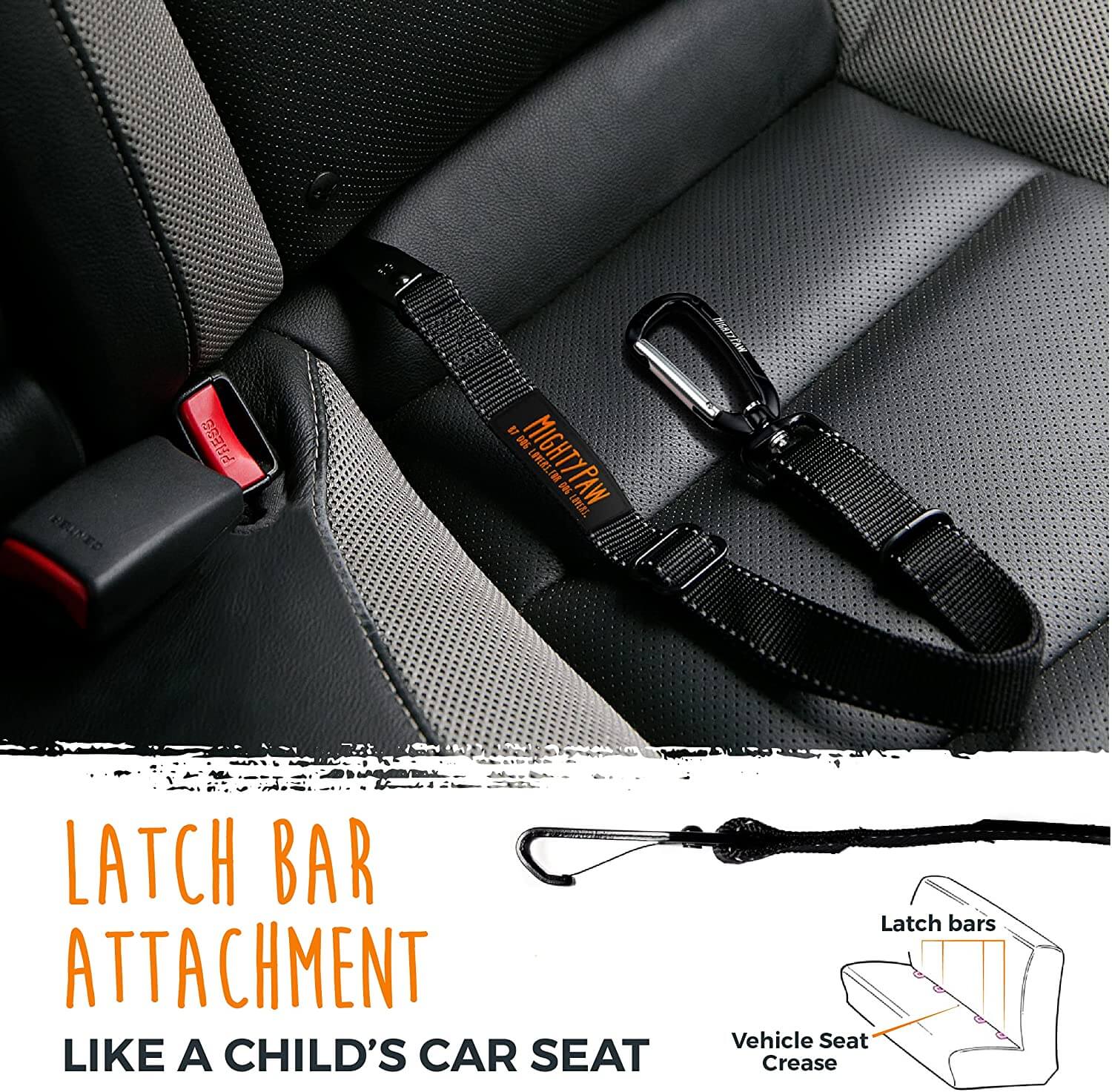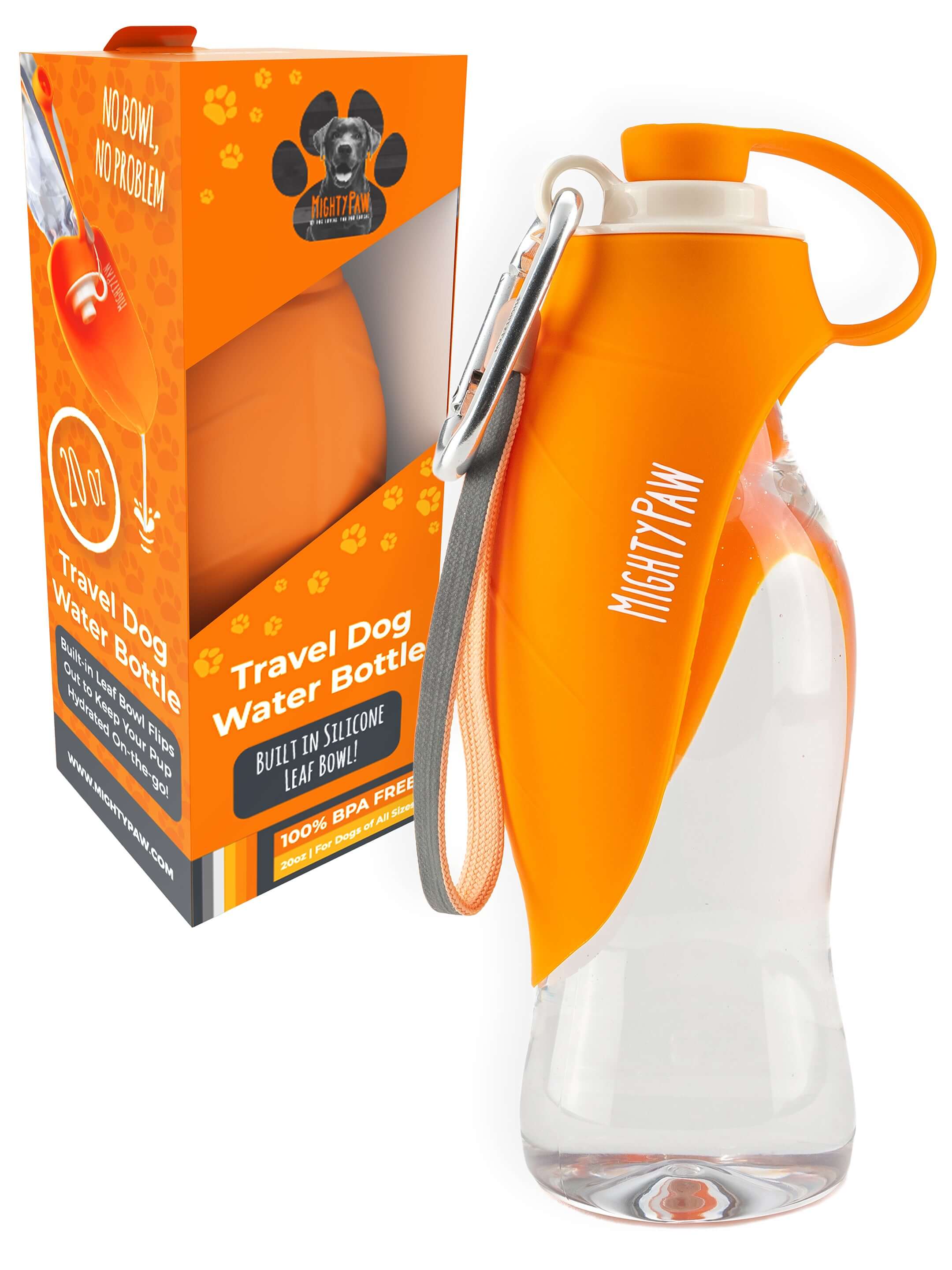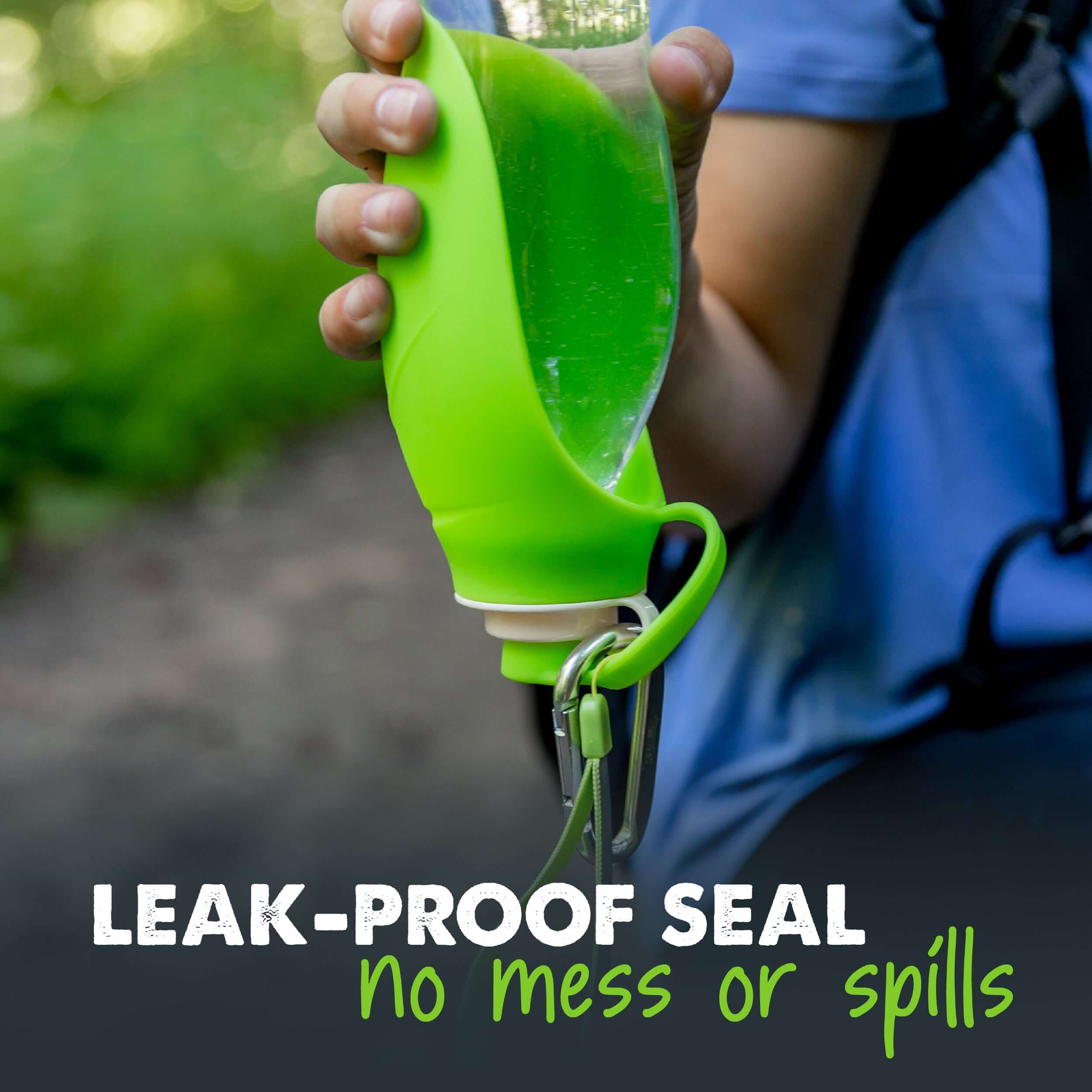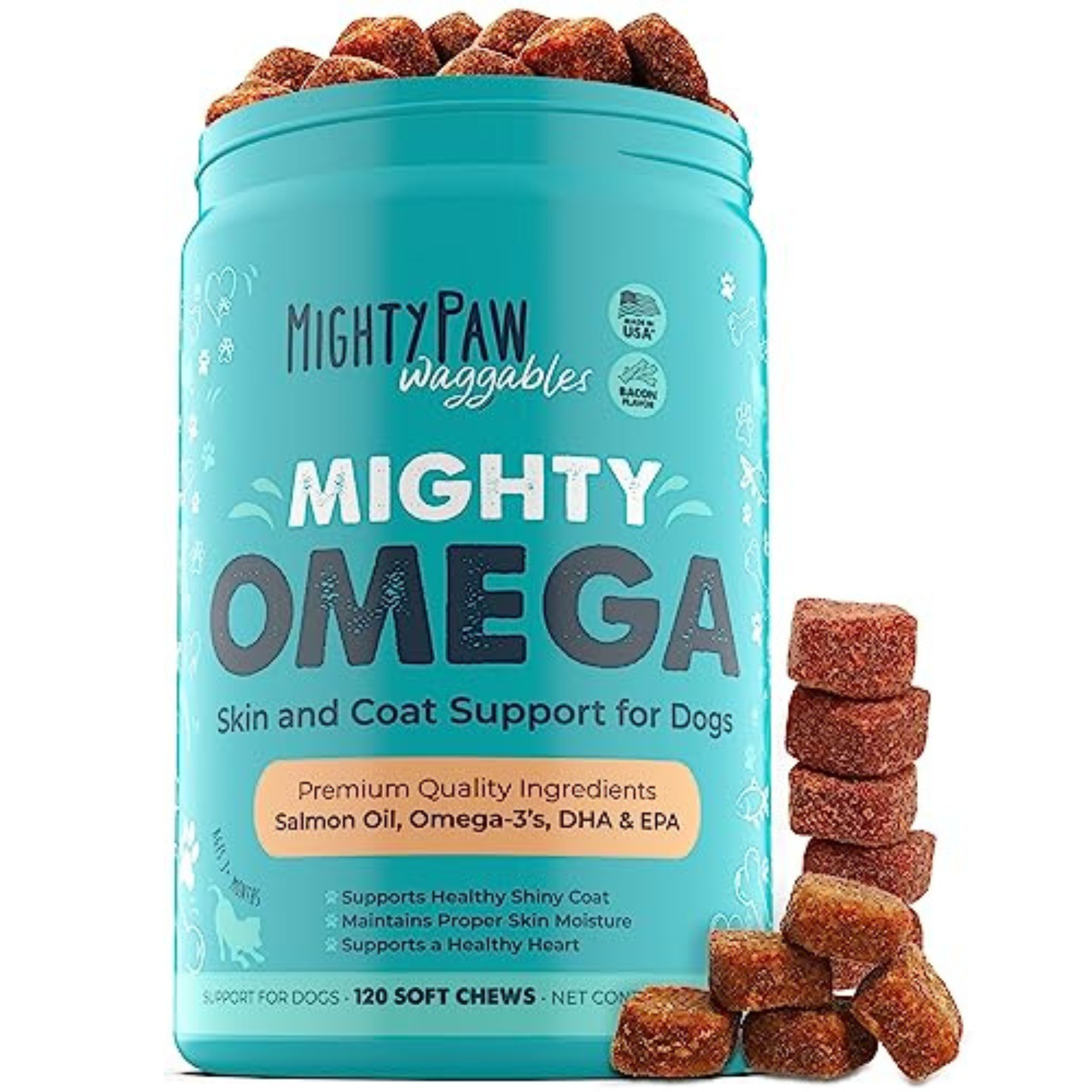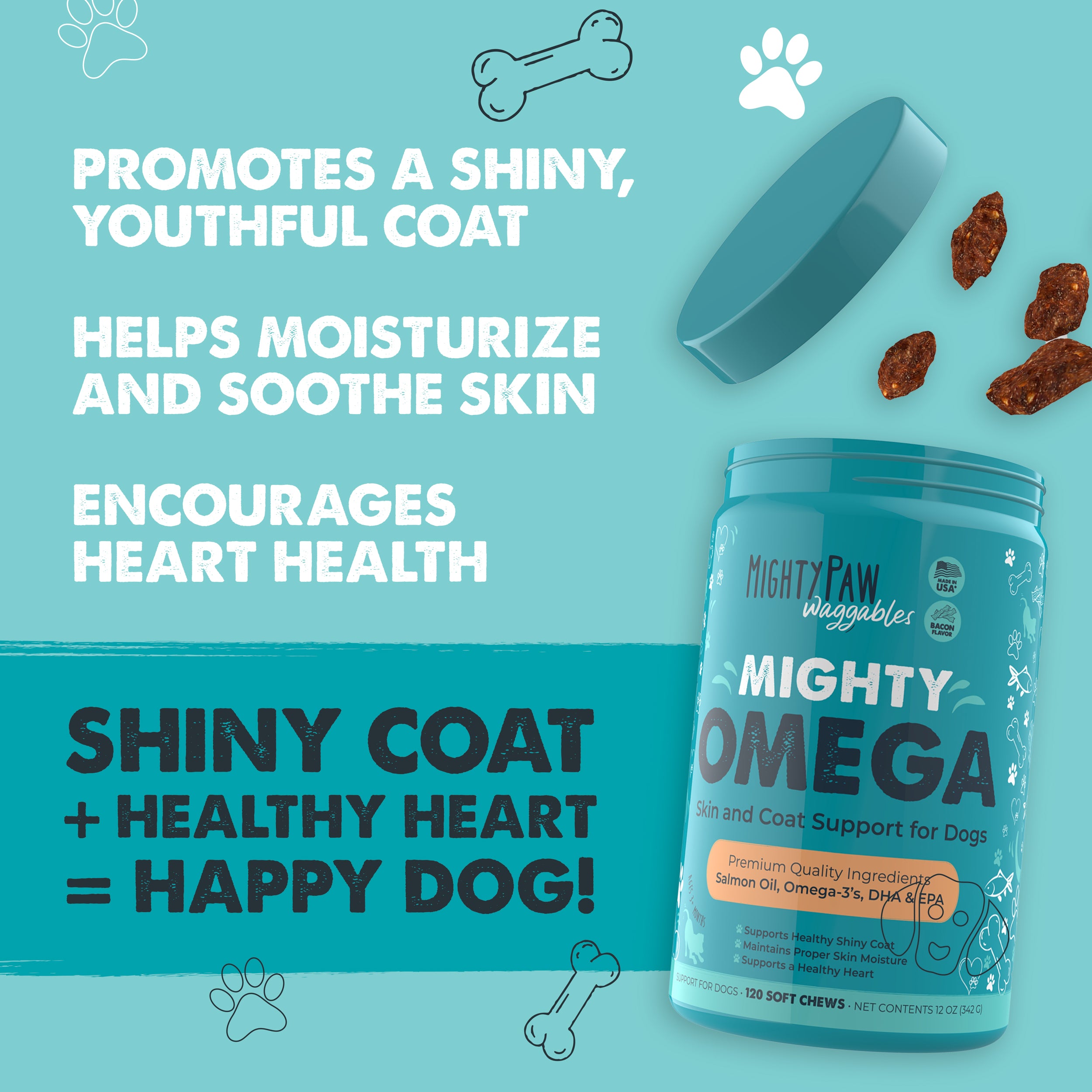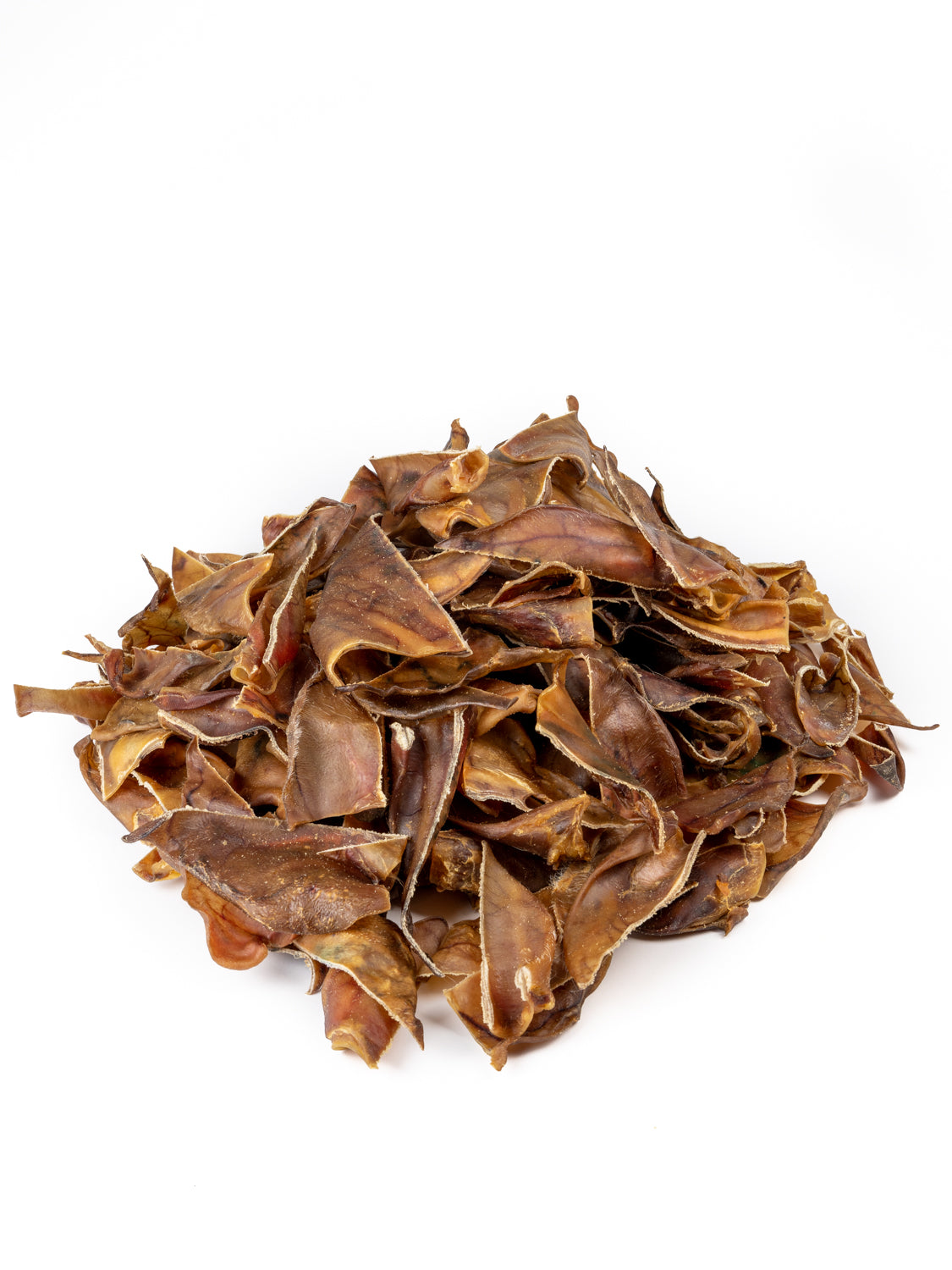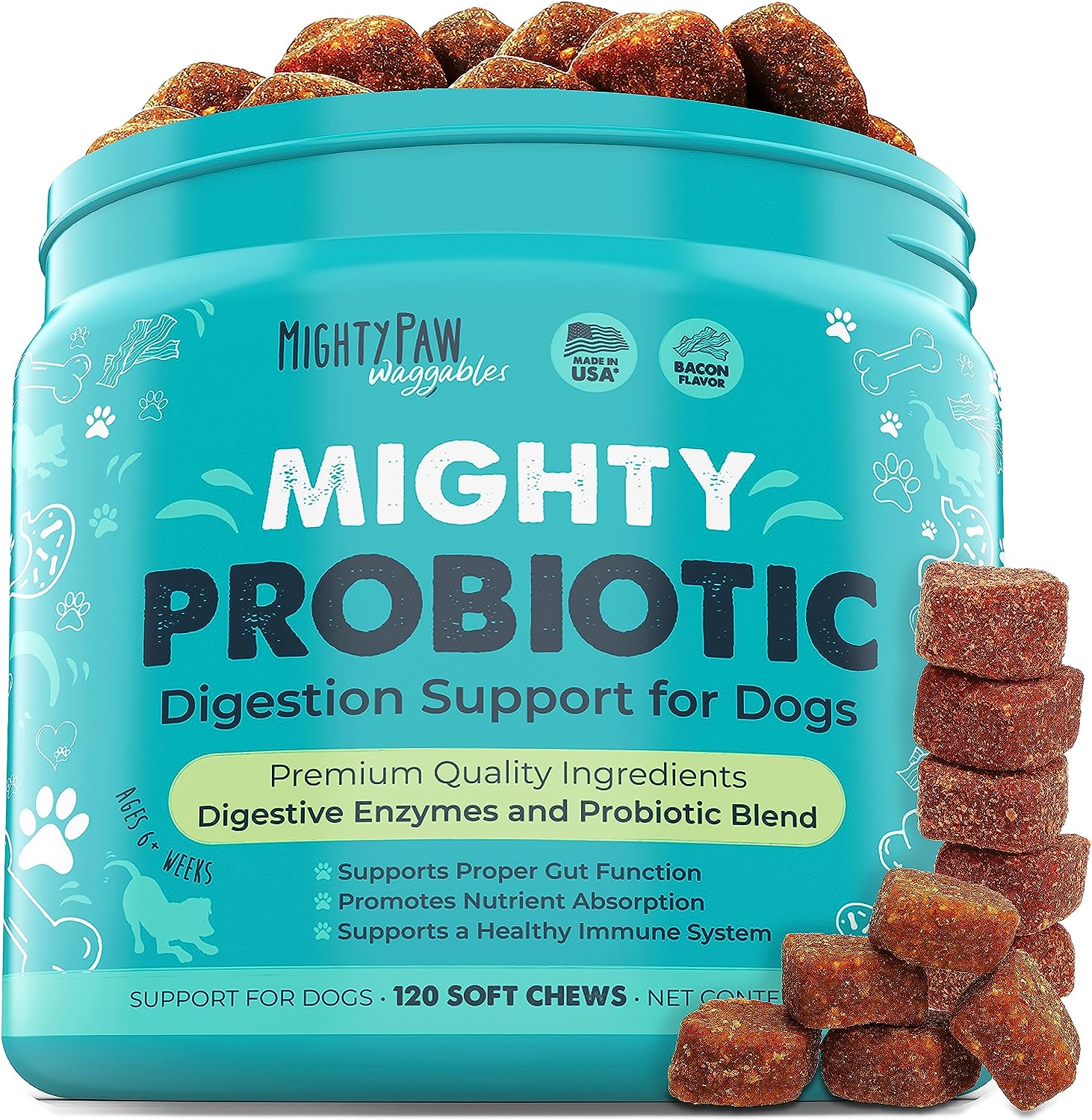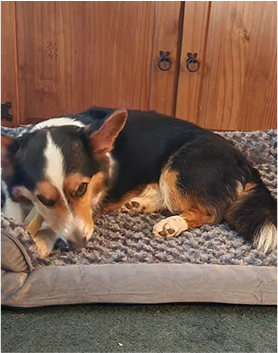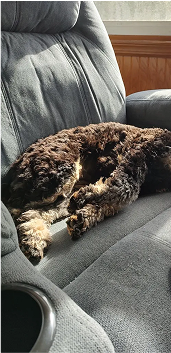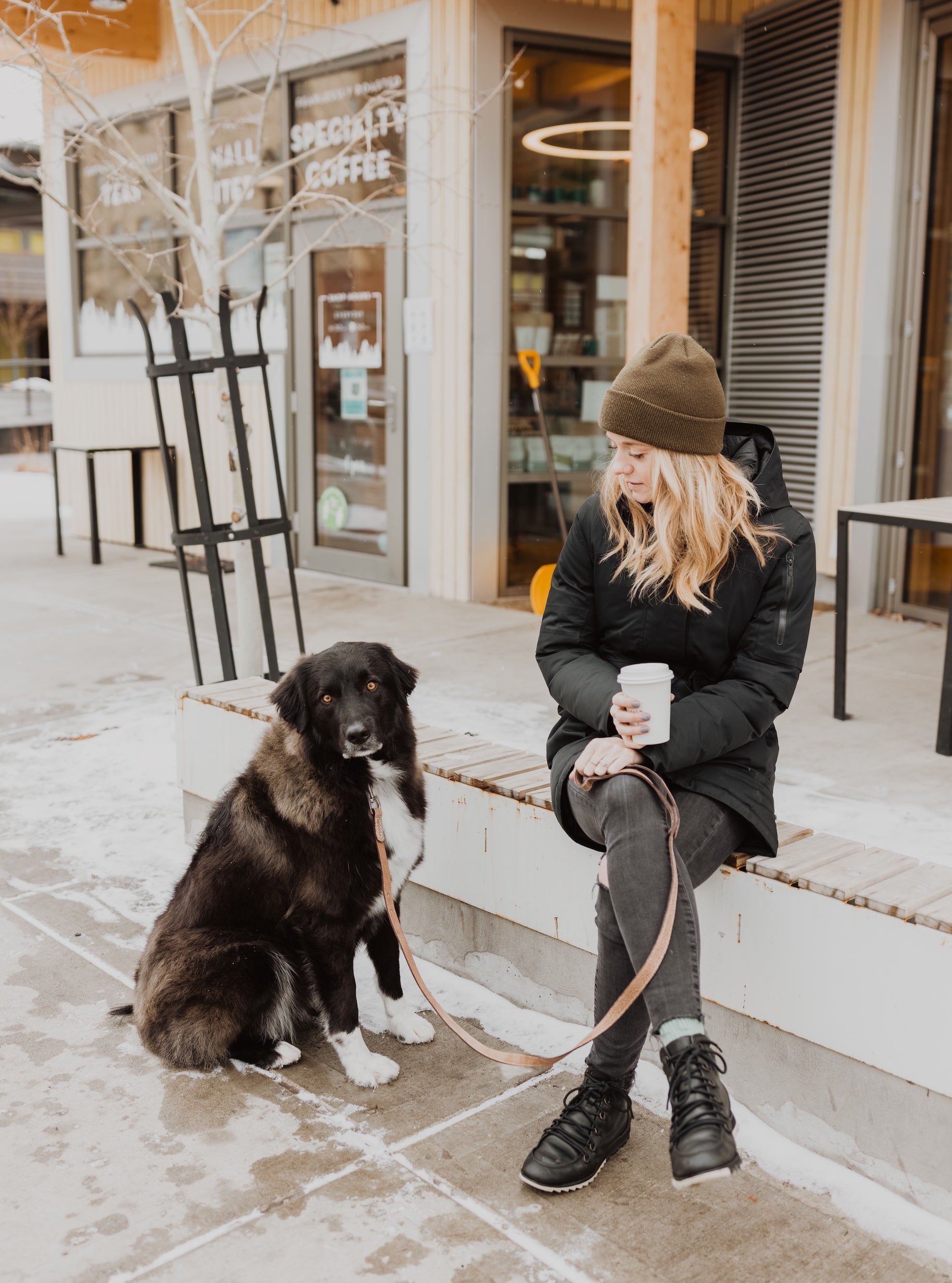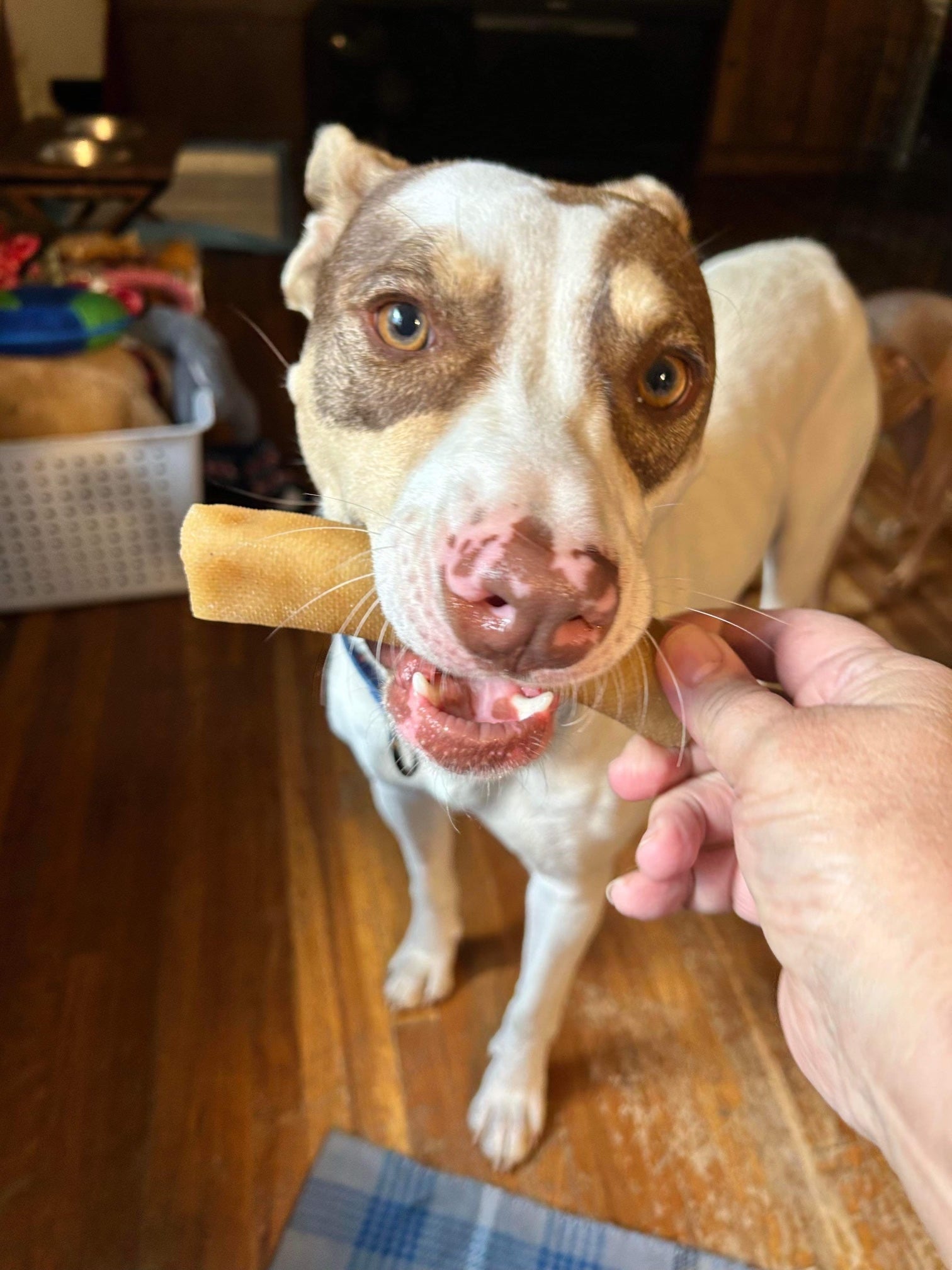A guide to nail trimming that will help keep your pup comfortable and healthy!

It's easy for even the most dog-dedicated of us to overlook the regular nail trims our pups need to feel and function at their best. Dog nail trimming just isn't high on the list of favorite activities for most of us dog parents -- usually because our dogs aren't so keen on it either.
But too-long nails can lead to paw and leg discomfort and a variety of health issues for dogs, whether they're puppies building bones or seniors with arthritis. It's well worth learning how to make dog nail trims a positive experience for both of you!
What to know about your dog's nails
Anatomy of a dog's nails
Dog nails, or claws, are their primary tools for a range of everyday activities, from walking and running to digging and scratching. Inside each nail is your dog's "quick,' a vein-like structure with blood vessels and nerves.
Each dog nail is positioned on the tip of the last bone of each toe. That means your dog's nail actually attaches to the toe bone, so the nail is connected to the overall foot and leg structure. That's why the condition of your dog's nails can have an impact on the alignment and smooth functioning of your dog's legs and hips.
Why keeping your dog's nails trimmed matters
Long or ingrown dog nails that touch the floor push back into your pup's paws and can create painful pressure in toe joints. With overly long nails, your dog can have difficulty walking without discomfort, maintaining good posture, and engaging in favorite activities without joint pain or potential injuries to the nails themselves.
How can you tell when you need to trim your dog's nails? And how often should you do it?
The most obvious giveaway that your pup is ready for a nail trim is when you can hear your dog's nails clicking on hard floors. Get down on your dog's level and see if your dog's nails touch the floor. Ideally, you should be able to slip a piece of paper between your dog's nails and the floor.
For most dogs, every 3-4 weeks is good timing for nail trims. This can vary since every dog's nails grow at a different pace. It also depends on whether your pup's regular nails (not dewclaws) are getting worn down through regular activity, like frequent walks on pavement.
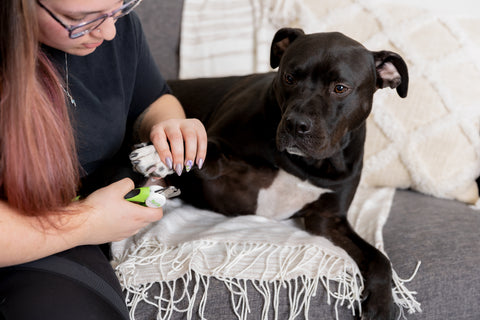
What you'll need when trimming your dog's nails
To begin, gather the necessary nail cutting tools and supporting supplies you'll need to calmly and effectively cut your dog's nails:
- Dog nail clippers
Be sure you have a high-quality, sharp nail clipper designed specifically for dogs. Dull trimmers can crush the nail, causing pain and rough edges that can snag and tear.
We designed the Mighty Paw Nail Clippers in stainless steel as "guillotine-style clippers," with a back guard rather than scissor-style for clean, safe nail trims. The guard stops your dog's nail from being cut too short and hurting your dog. We also include a bonus nail file that fits into the handle so you can even out any rough edges.
- Styptic powder
In case you accidentally cut your dog's quick, you always want to have styptic powder on hand to help stop bleeding quickly. In a pinch, you can also use flour or cornstarch.
- High-value treats
Every step of the way you want your dog to associate the nail clipping process with good things -- gentleness, security, and your pup's absolute favorite high-value treats. Have plenty of whatever treats your dog LOVES handy for positive reinforcement from initial paw touching through trimming your dog's nails.

Step-by-step guide to clipping your dog's nails
1) Introduce the nail clippers to your dog
- Start by introducing the nail clippers to your dog in a non-threatening, low-key way -- with plenty of treats.
Let your pup sniff and inspect the nail clippers and give your dog a treat without any immediate association with the nail clipping process. This initial step can help prevent fear or anxiety of regular trimming later on. Take as much time on as many occasions as you need to see that your dog is comfortable around the clippers.
- Remember, if it turns out your dog isn't a fan of nail trimming, your goal can be to trim as few as one nail per day - or none if you need more time to help your dog get used to paw handling and clippers
Let your dog's comfort be your guide. It's better to play the long game on nail trimming; be patient and your future nail trims will be so much easier than if you press for too much too soon. And of course, treat generously!
2) Handle and position your dog and the nail clippers for safety
- Depending on your dog’s size and comfort, have your dog lie down or stand on the ground or on an elevated surface.
Choose whichever position makes it easier for you and your pup. Your dog's safety physically and emotionally is the top priority during nail trims.
- Unlock the safety switch on the nail clippers. Hold the clippers so that the safety guard is located on the side of the clippers facing away from your dog’s nails.
3) Identify your dog's quick and trim nails at a 45º angle
- Before any clipping, spot the quick and the safe distance from the tip of your dog's nail.
If your dog has light-colored nails, the quick can be easily seen. It's important to only cut the part of the nail that extends beyond the quick to avoid bleeding and pain.
On dark nails, trim smaller amounts at a time until you see a black dot in the center of the nail, which indicates that you are nearing the quick.
- Gently but firmly hold your dog's paw with one hand and extend the nail. Hold the clippers with your other hand and cut your dog's nail at a 45-degree angle, horizontal to the ground.
4) Only cut the very tip of your dog's nail to avoid the quick.
- To be sure to trim your dog's nails safely, it's better to cut only the very tip and trim more frequently.
With frequent nail trimming the quick will recede and become shortened, making your nail trims increasingly easier and safer over time. The reverse is true as well -- with overgrown nails, the quick extends disproportionately. Stay on top of your routine and it will get easier every time.
And remember, treat generously during the whole process!
Pro tips for successful dog nail trimming
Gradually desensitize your dog to nail trims
If your dog shows fear or resistance to nail clipping, start by touching your pup's paws and nails regularly without any attempt to clip. Gradually increase the holding time and pressure to help your dog acclimate to the sensation. Then you can introduce nail clippers into the scene. Treat during all paw and nail handling so your dog knows it's always a good thing.
Making nail trims a routine as part of regular grooming
Incorporate nail clipping into your dog's regular grooming routine. The more consistent you are, the more your dog will become familiar with and accept the process, reducing stress over time.
For particularly anxious dogs or those with nails that require more experienced handling, you might want to get assistance from a professional fear-free groomer or your veterinarian. They can offer guidance and may even provide a demonstration of proper nail clipping techniques for your individual dog.
Troubleshooting common nail trimming issues
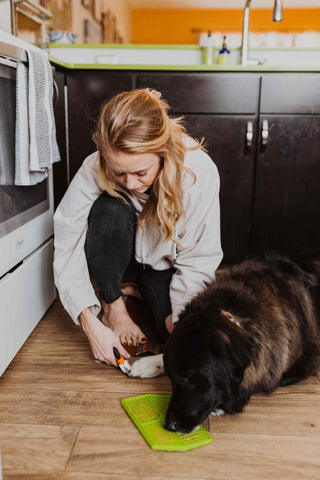
Dealing with anxious dogs
It's a natural instinct for dogs to be protective of their paws and wary of anything that seems threatening to them. Some dogs have a higher level of anxiety, but patience and positive reinforcement with generous treating can go a long way.
Stay calm yourself, offer treats, and take breaks if your dog becomes too stressed. Never force the issue -- you'll only elevate your dog's stress around nail grooming and make it even harder next time. Do what you can within your dog's comfort zone, reward generously to keep a positive association with the clippers, and try again another day!
In addition to treats:
- Try distracting and rewarding your pup with a lick pad that suctions onto a shower, regular wall, or the floor. Spread it with healthy dog peanut butter or coconut oil and let your dog lick away while you clip nails.
- Prep your anxious pup with calming treats in advance to set your dog up to feel calmer before you begin.
Accidental nail injuries
In the event of a cut that leads to bleeding, stay calm and apply styptic powder to the affected nail. Any bleeding should subside quickly. Let your dog relax, treat, and continue your grooming session later.
Overgrown nails
For dog nails that have become significantly overgrown, you might want to consult a professional for an initial nail trim, then take it from there. These nails will likely require several trims over time to return to a healthy length, and your vet can advise you on the best way to get started.
With the right tools, a calm approach, and lots of positive reinforcement, you can turn a necessary but potentially stressful task into no big deal and even a bonding experience with your dog.
Here's to healthy nails, a happier dog, and always more fun together!
At Mighty Paw, we believe in keeping our dogs at their healthiest on all levels to make the most of every adventure large and small together. That's why we're always finding ways to raise the quality and ease of things that add to your dog's wellness, and fun.
We're committed to providing high-quality products that are safe, durable, and practical for everything you need to keep your pup healthy and happy and enjoying every moment by your side.

